iPhone XR review
Update: iOS 14 - the company's next big software update - is finally out, giving the iPhone XR neat new software perks like widgets and picture-in-picture.
The iPhone XR is no-longer the core 'affordable' option in Apple's smartphone line-up, but that's not to say the handset is past its prime.
While the new iPhone SE may now have the crown as the firm's 'affordable' choice, the iPhone XR is still widely available, with a more modern full-screen design than the SE. And with the iPhone 12 series around the corner, we're expecting the iPhone XR to be even cheaper during Amazon Prime Day on October 13 and 14 as well as the lead up to Black Friday in November.
The iPhone XR does one-up the iPhone SE in terms of design however, as it keeps the all-screen display and Face ID notch, while the newer SE reverts to the older iPhone style of chunky bezels above and below the display, a home key and Touch ID fingerprint scanner.
So if you're looking for the latest Apple tech and design language in an affordable package, look no further than the iPhone XR.
- iPhone XR colors - which is right for you?
If you're loving your iPhones XR, or considering buying one, it's not been left behind as the phone received the latest iOS 13 update - which means it runs the same software as the iPhone 11 range and new SE.
Apple's latest operating system update brought many new features to the iPhone XR, such as Dark Mode and a range of app speed increases, allowing you to make the most of your iPhone experience. For all the inside information on iOS 13, check out our iOS 13 coverage now.
iPhone XR price and release date

Announced on September 12, 2018, the iPhone XR launch price started at $749 / £749 / AU$1229 for the 64GB model, $799 / £799 / AU$1299 for 128GB of storage and $899 / £899 / AU$1479 for the 256GB.
However, with the the arrival of the iPhone 11, the iPhone XR price has now dropped to $599 / £629 / AU$1,049 for the 64GB model.
The 128GB iPhone XR is still available too, at $649 / £679 / AU£$1,129, but Apple is no longer making the 256GB variant.
It means you're unlikely to find stock of the 256GB model - unless you're looking a refurbished handset - so if you need the larger storage variant you may want to consider the 11 or SE.
The best iPhone XR prices however can be had on contract, and the cheapest prices can be found in our best US iPhone XR deals and best UK iPhone XR deals guides.
Key features
Compared to the iPhone XS, the iPhone XR was a 'downgrade' in a number of ways to hit a lower price point.
That said, there are a number of key features that are the same: an update to iOS 13 means both handsets have the same operating system, and it's backed up by the powerful A12 Bionic chipset inside.
The notch contains all the same front-facing cameras and sensors as the iPhone XS, and the dual speakers still face the same way when pumping out sound.
iPhone XR specs
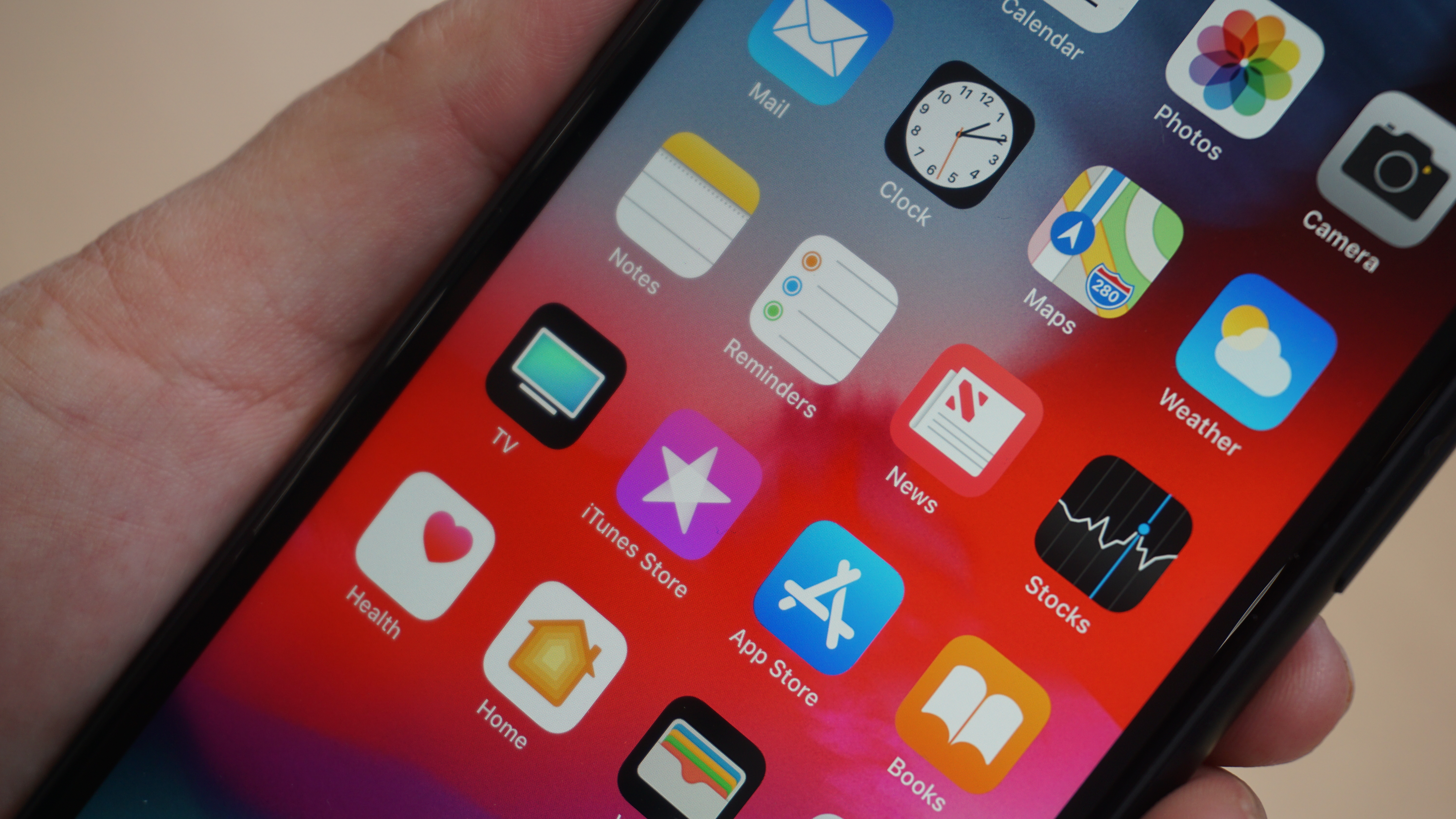
Weight: 194g
Dimensions: 150.9 x 75.7 x 8.3mm
OS: iOS 12
Screen size: 6.1-inch
Resolution: 1792 x 828
CPU: A12 Bionic
Storage: 64/128/256
Rear camera: 12MP
Front camera: 7MP
Colors: Blue, White, Black, Yellow, Coral, Red
Resistance: IP67
To the untrained eye, or someone not holding the iPhone XR and XS side by side, it might even be hard to instantly tell the two apart – but there are a number of key differences that we need to dig into.
A single camera
While the iPhone XR offers the same 'standard' lens as the XS, it lacks the telephoto second sensor, so has to do some fancy tricks with software to compensate.
This means you aren't able to zoom in as far with the XR, as the telephoto lens offers (relatively) lossless photography at two times zoom, while portrait mode, where the background is blurred out, isn't as effective.
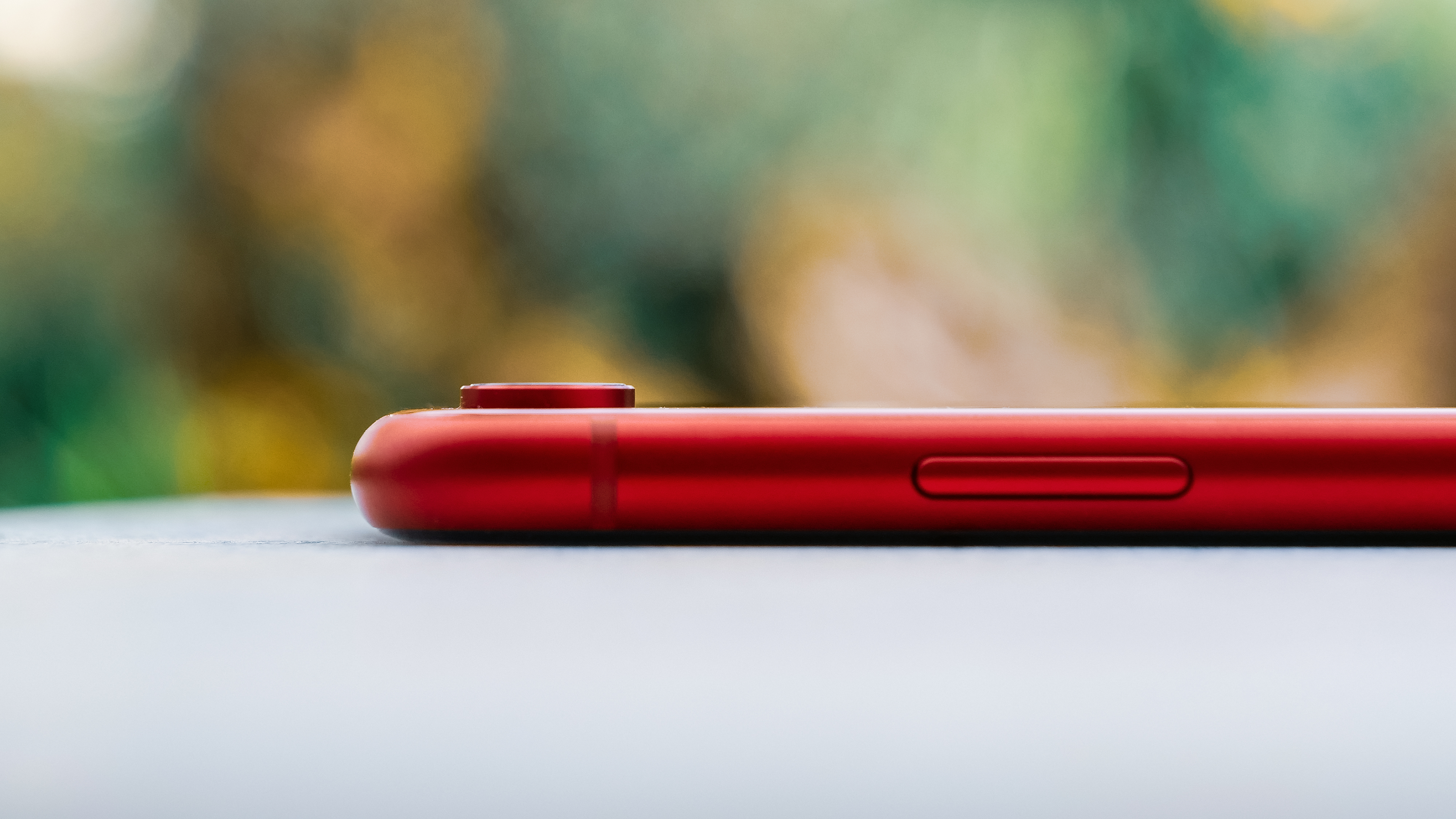
You can still take a portrait shot and have the background attractively blurred to keep the focus on the subject, but unlike with the iPhone XS, you can’t take pictures of objects and animals in the same way.
This is due to the fact the software can’t identify those subjects as easily from the single sensor, where the additional hardware on the more expensive XS is able to draw on more info.
The Liquid Retina screen
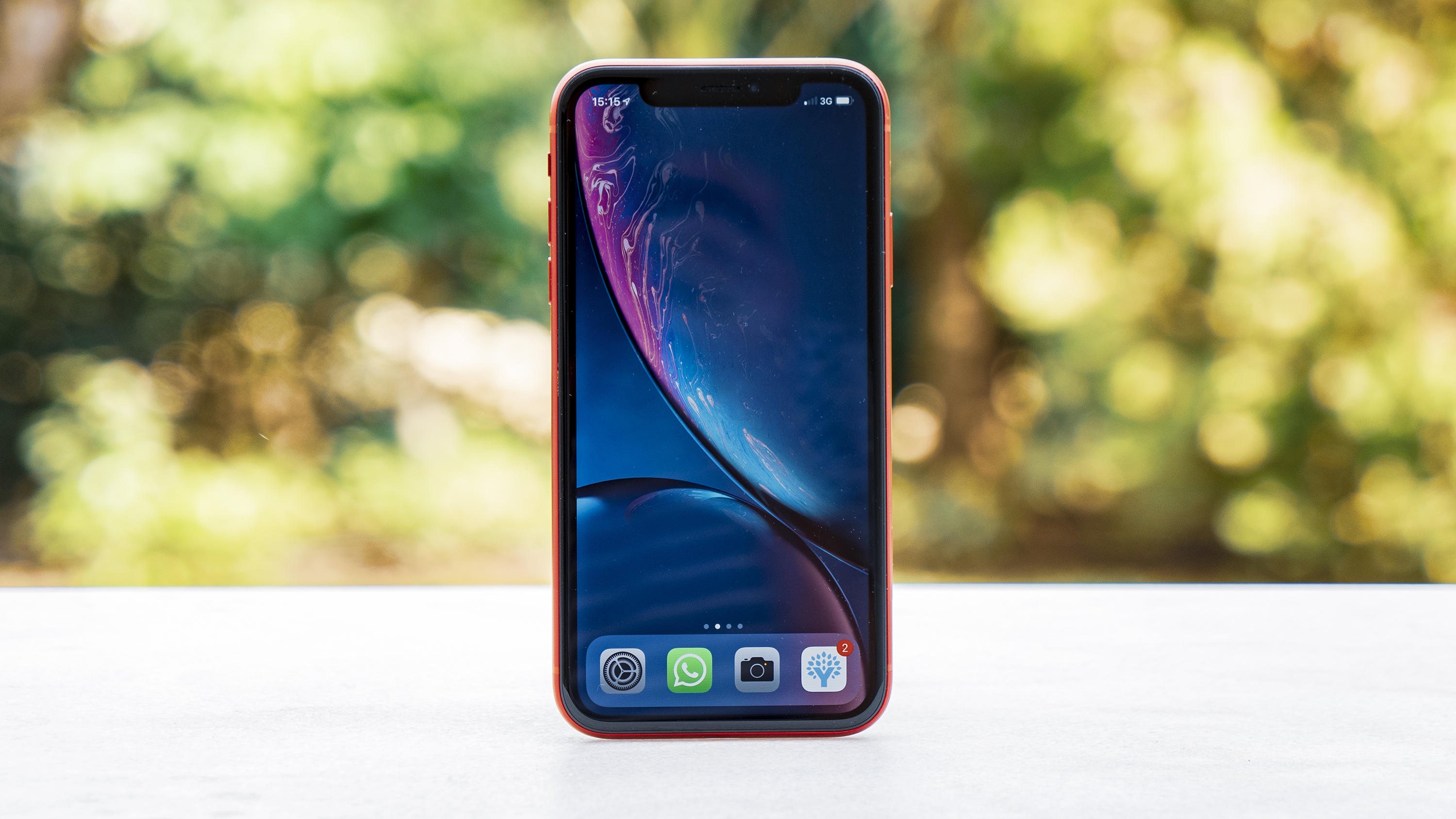
Apple is never one to shy away from some marketing hyperbole, and the iPhone XR comes with a different type of LCD, a screen that's been designed to allow it to make this curved, 'all-screen' display.
The effect is much like the LCD screens Apple has made before, to be honest, as they’ve always been colorful and sharp, but with the 'Liquid Retina' display things are supposed to closer to the high-end OLED screen.
We'll delve more into the quality of the screen later in this review, but it's one of the key differences you'll want to consider if you're thinking about going for the less-costly iPhone.
No 3D Touch on the iPhone XR
There’s one way to know if you use a feature on an iPhone, and that’s to take it away, and see if you miss it. Anyone coming from a later-series Apple handset will have had access to 3D Touch, where pressing the screen harder opens menus or activates different features in apps.
This feature has been removed for the iPhone XR, presumably to save money – instead you have to do a 'long press' to do the same thing. So if you ever accessed shortcuts by pushing harder on an app, or opened the torch with a harder prod on the lock screen… well, that’s gone.
We didn't realize how much we used that feature before – and it's irritating to not have something that feels like a real button to open the camera – but it doesn’t take long to get used to the alternative… it just feels a bit less premium.
Chunkier design
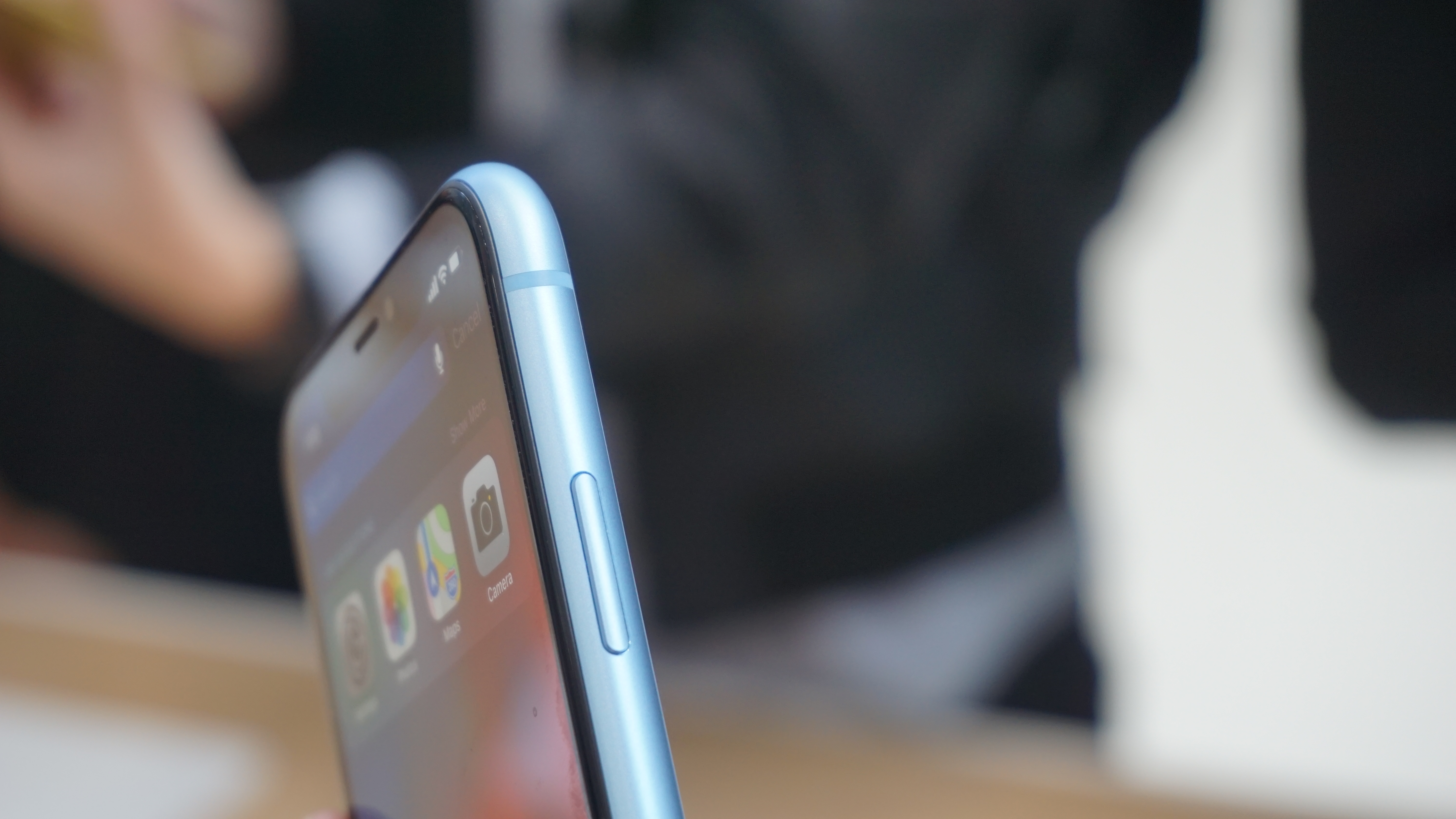
The iPhone XR has a thicker design, with chunkier bezels around the side of the phone – hold it side by side with an iPhone XS and you’ll feel it’s clearly the cheaper model, with a thicker feel in the hand.
However, looking at it and handling it in isolation you’ll just feel that it’s a smooth, rounded design that apes the popular form of the iPhone 7 or iPhone 8 – basically, the iPhone XR is the all-screen version of those handsets, bringing a screen the size of those on the iPhone 7 Plus or 8 Plus in a form factor that’s more akin to the smaller models.
Multiple colors
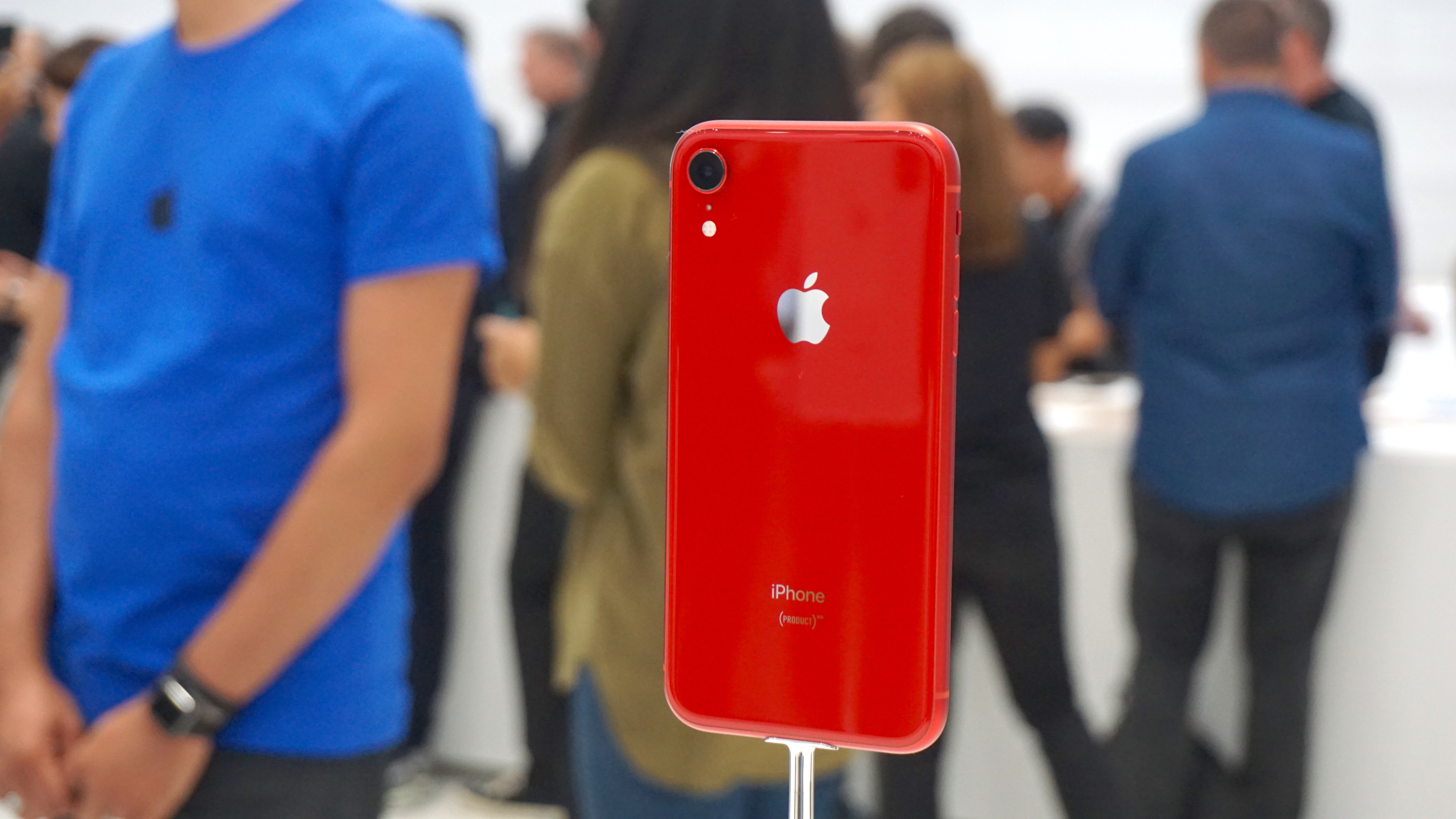




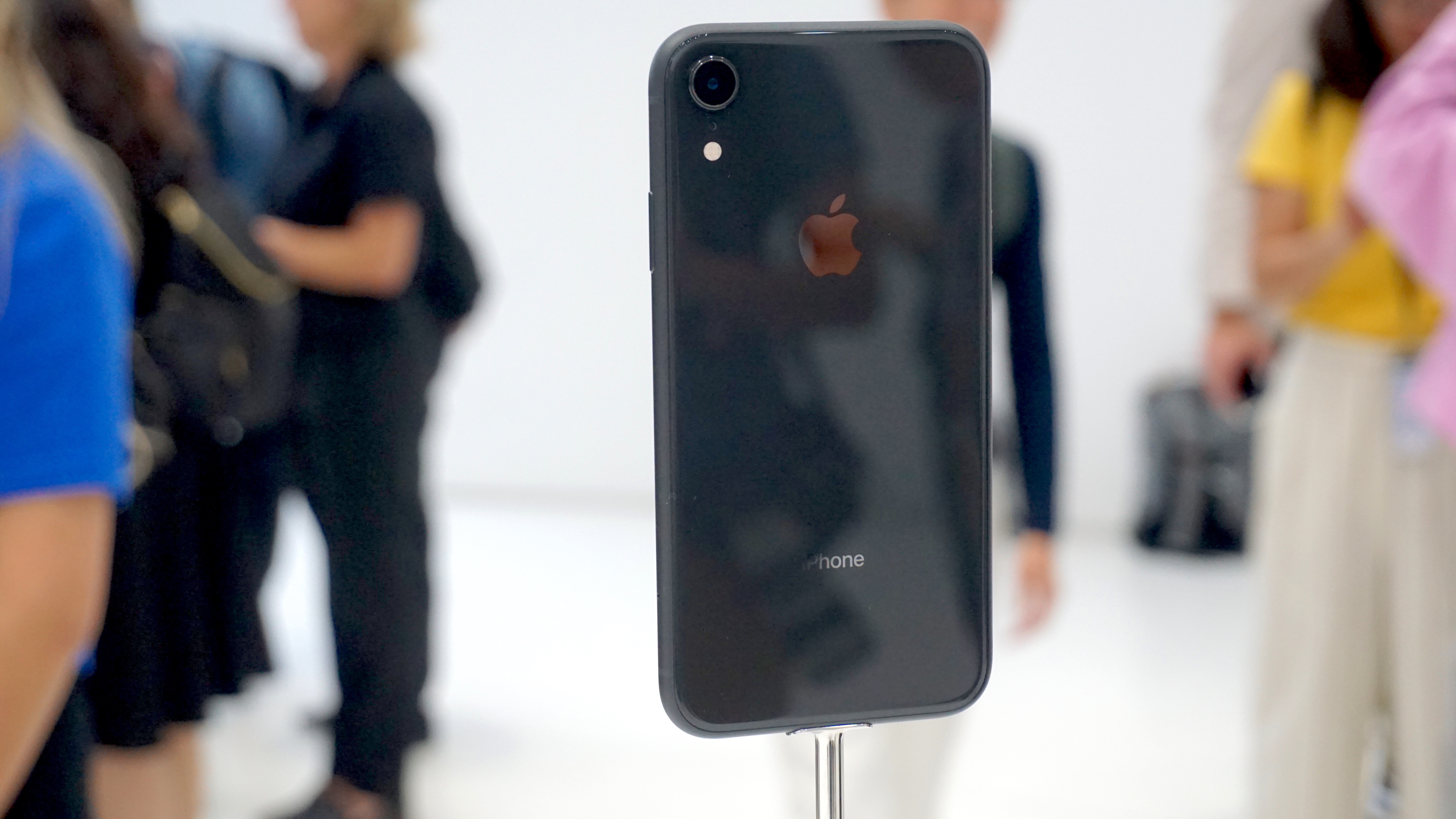
- iPhone XR colors - what shades does it come in?
The iPhone XR is the first in a long time to come in so many colors: (product) RED, which is the sample we have, blue, white, yellow, coral and black - to some, this would feel like the natural successor to the iPhone 5C.
It's a nice look, although it would be nice to have some more flashes of color on the front of the phone too.
If you're thinking of buying an iPhone from a fashion point of view, this could well be the way to do it, with the colors chosen impressing when we checked them all out at the launch event.
Improved battery
Apple believes you'll be able to get 90 minutes more battery life out of the iPhone XR than the 8 Plus, which is a big jump in real terms.
Well – and we don't want to spoil the surprise a little later – we'd say it's even better: the iPhone XR finally achieves the holy grail of all-day battery life in an iPhone. A year on, and the iPhone XR is still regularly getting through a day on a single charge.
If you play a lot of games, or watch a lot of videos, you'll likely need to charge it before bed, but on average the iPhone XR battery life is reliable.
Perhaps that's giving Apple a little too much credit – after all, there are plenty of Android phones out there that can utterly smoke the iPhone range for power longevity, giving you far longer between charges.
Apple has offered terrible battery life for years, incrementally improving it to be 'just good enough', and the iPhone XR is the first iPhone we haven’t had a real worry about day to day.
- Keep your mobile secure with one of these best iPhone VPN apps
The design of the iPhone XR is both familiar and novel and for those used to the home button, its loss is going to be quite a jolt. It comes with a benefit though: the iPhone XR is all-screen on the front (bar the notch at the top) and gives you a more striking feel in the hand overall.
The rounded edges, as mentioned, are still in the same Ive-designed vein, feeling nice to the touch, and the metal back (finished in aluminum and glass, replacing the steel of the iPhone XS pair) also feels premium.
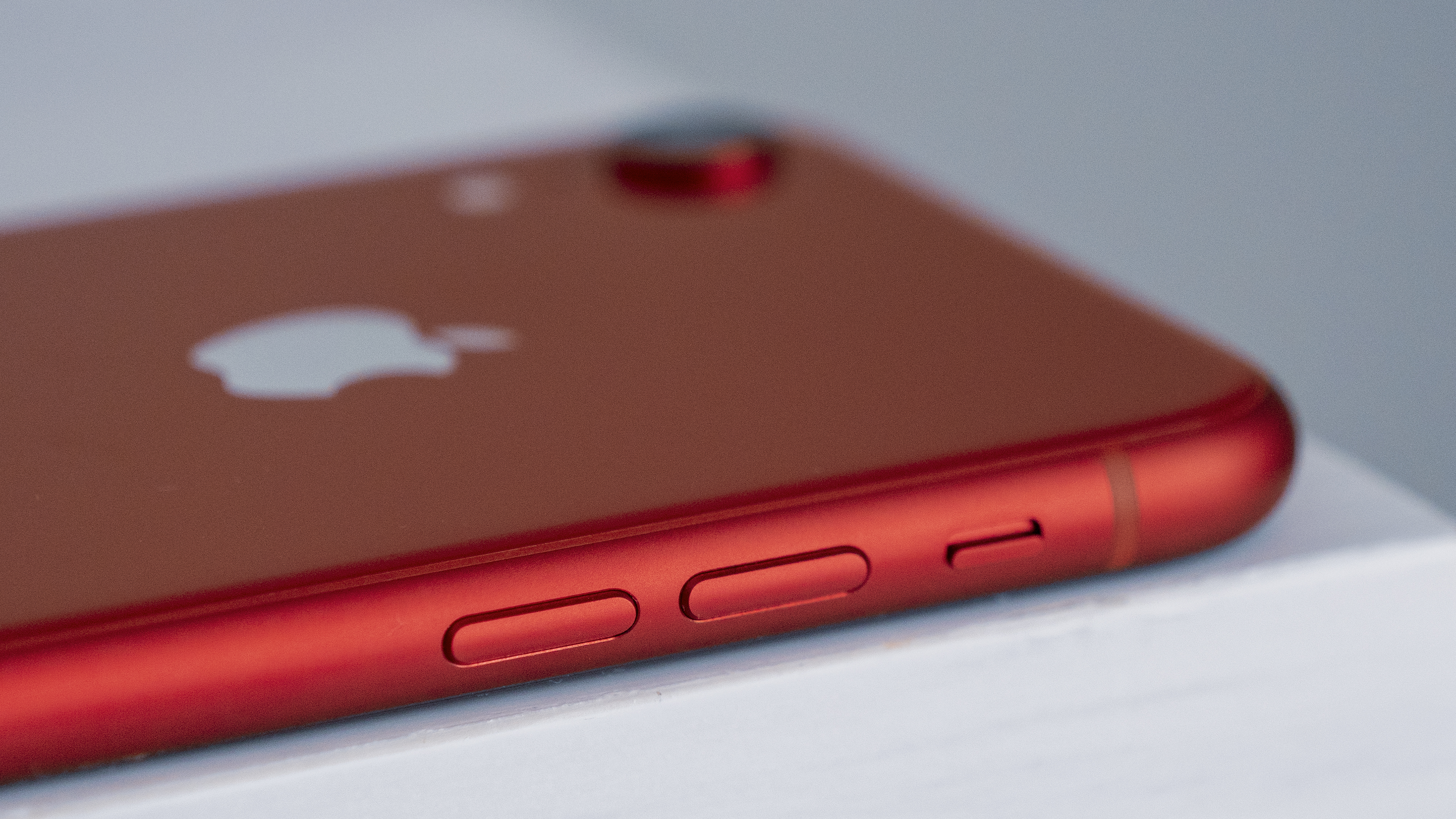
The glass on the front of the iPhone XR is meant to be among the strongest in the industry, and it’s the same material as on the iPhone XS – although we should warn you that we managed to either scratch or put a hairline fracture (we're not sure which, as it's so slight) on our iPhone XS within weeks.
As for our iPhone XR a year on from launch, there are a number of small scratches on the screen, although they're only really noticable when the screen is off.
The rear of the phone isn't the same strength of glass, but looking at the myriad crazy-paving iPhone screens on the train to work it appears the front of the phone bears the brunt of crashes anyway.
The iPhone XR has the same button layout as 2017's iPhone X, with the large Siri / lock button where the power key was previously, and the volume buttons and silencer rocker on the right.
It's brilliant being able to mute the handset with a simple click on the side, but it still easily turns itself to the 'sound blaring' setting when you take it out a pocket or similar, meaning you'll get tunes blaring out, and only after a few seconds of glaring around to see who's left their phone's sound on will you realize it's, well, you.
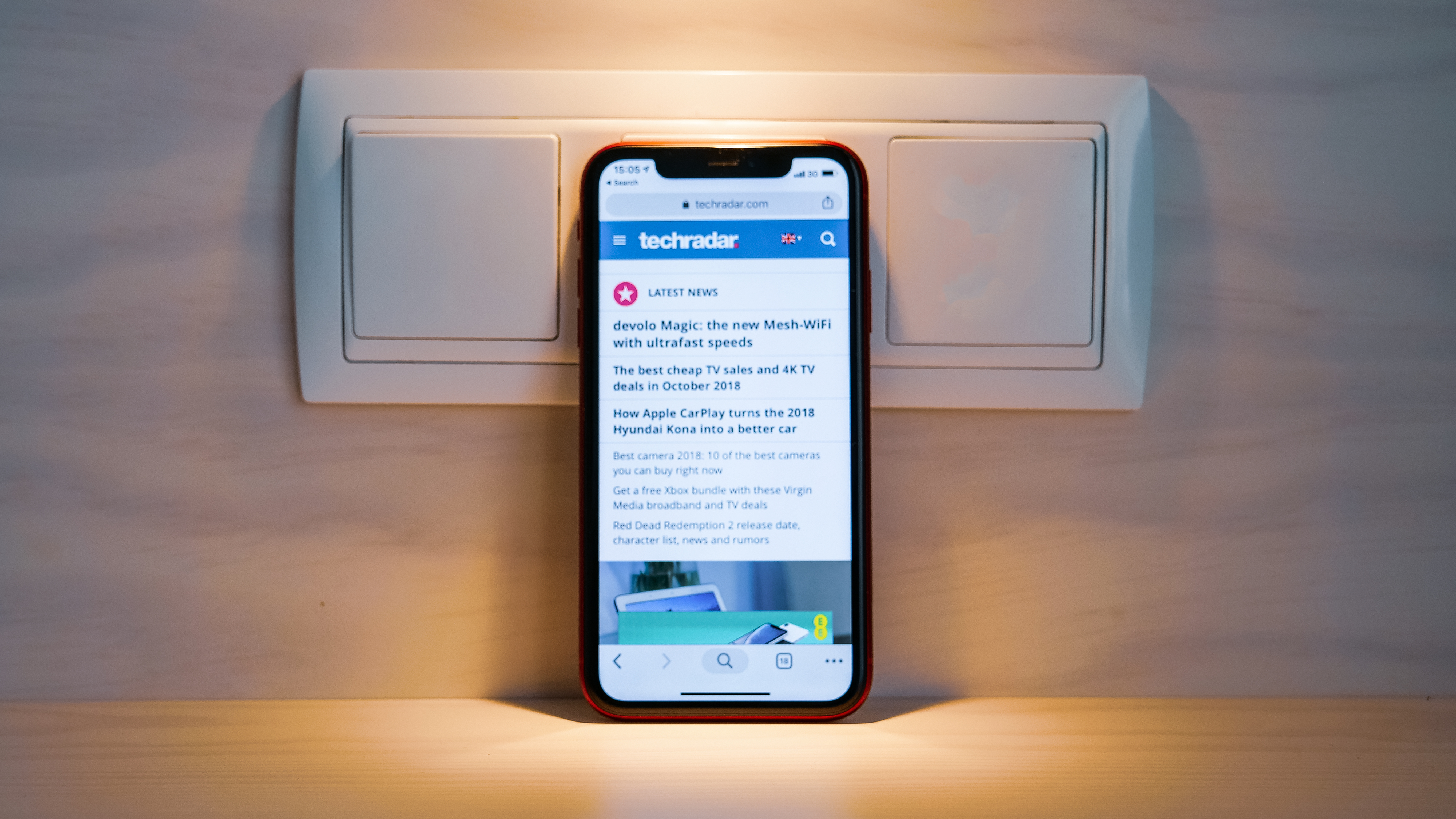
The bottom of a new iPhone is still sadly shorn of the headphone jack – and no, to answer a question posed to us the other day, there's no chance of Apple ever bringing it back. Removing it from within the chassis offers too much space for designers to play with, so you're stuck with the Lightning connector on the bottom for getting audio out if you prefer things wired.
What's annoying here, however, is that Apple has decided to remove the adaptor from the box, where it was present with the iPhone X.
You basically won't be able to use your expensive cans you already own unless you pay a bit more for a plastic dongle to convert your normal headphone jack to the Lightning connection needed.
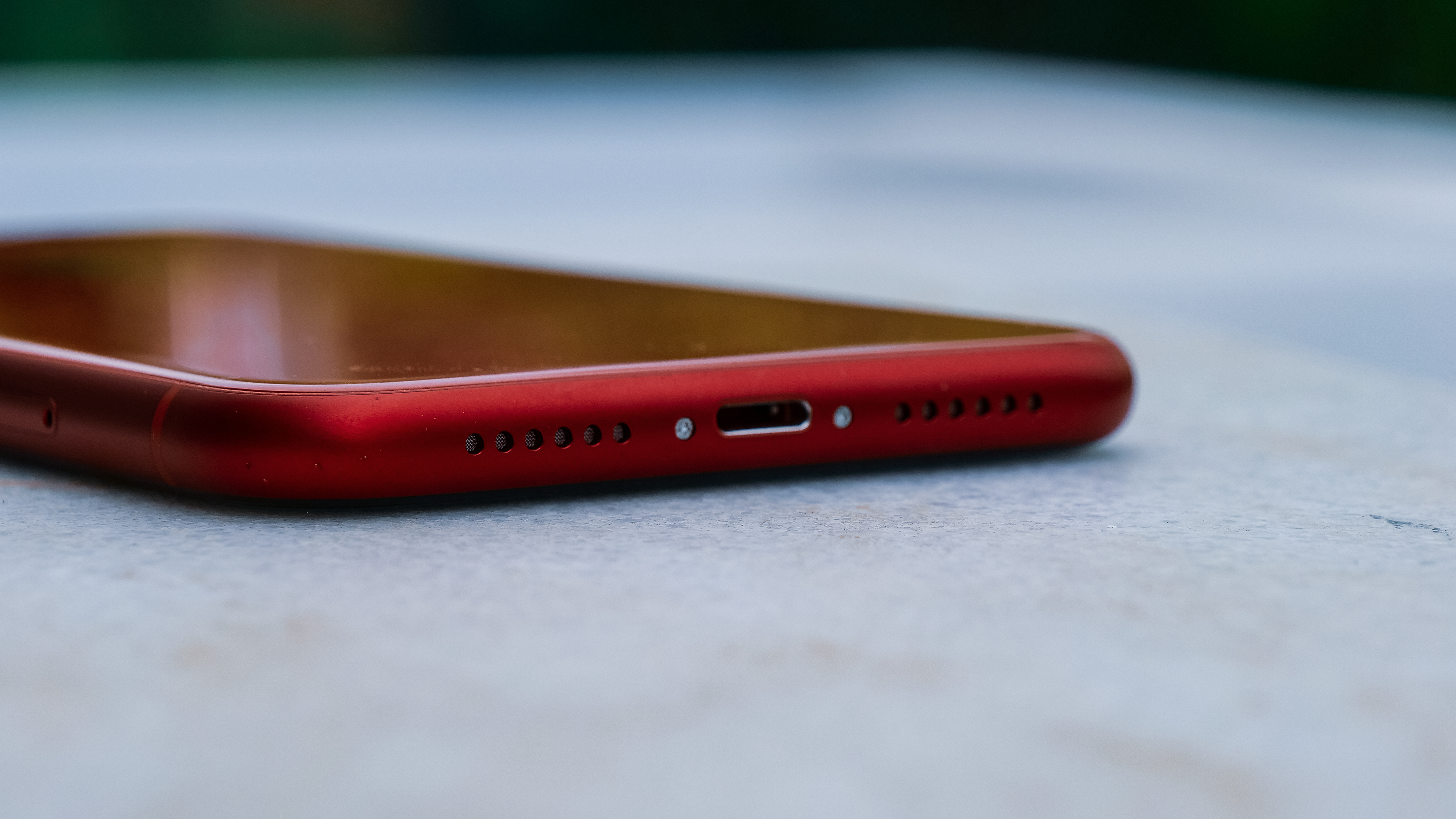
The speakers top and bottom emit stereo sound (you can also record video in the same way) although they’re not louder like on the iPhone XS pair, so you’ll not get the same level of volume or clarity pumping out.
That said, you will be able to take it into the shower to continue the tunes, although the XR is 'only' IP67 rated. We say 'only' as the iPhone XS pair are capable of being submerged for longer, as they're IP68, but in reality the level of water resistance on the iPhone XR is more than good enough for most people, meaning you can wash it if things are getting dirty.
There are plenty of color options too. You can play it safe with White or Black, or opt for something a little more funky with Blue, Yellow, Orange and Red choice all up for grabs.
Unlikely the previous ultra-colorful iPhone - the plastic-bodied iPhone 5C - the iPhone XR has a metal frame and glass rear. We've found over time that small damage to the metal frame (little drops here and there) will chip away at the colored paint, revealing a silver underbelly, which can make the handset look a little messy.
It's certainly not a bad idea to consider an iPhone XR case to keep the handset fresh, and increase the grip as the premium design doesn't offer up much resistance in the hand.
Screen
If you're new to the all-screen design, let's get something out of the way right now: yes, the iPhone XR has a notch at the top. It encroaches into the screen, and it's no coincidence that Apple chose the 'planet' motif to advertise these phones, the black backdrop of which conveniently hides the slice taken out the top of the screen.
You will get used to this after a short while – it’s generally not that bad watching films generally, but it can chop out key information on some movies. However, the notch contains the important elements of the Face ID camera, the front-facing snapper for selfies, and all the other sensors in there which help your phone to work its magic.
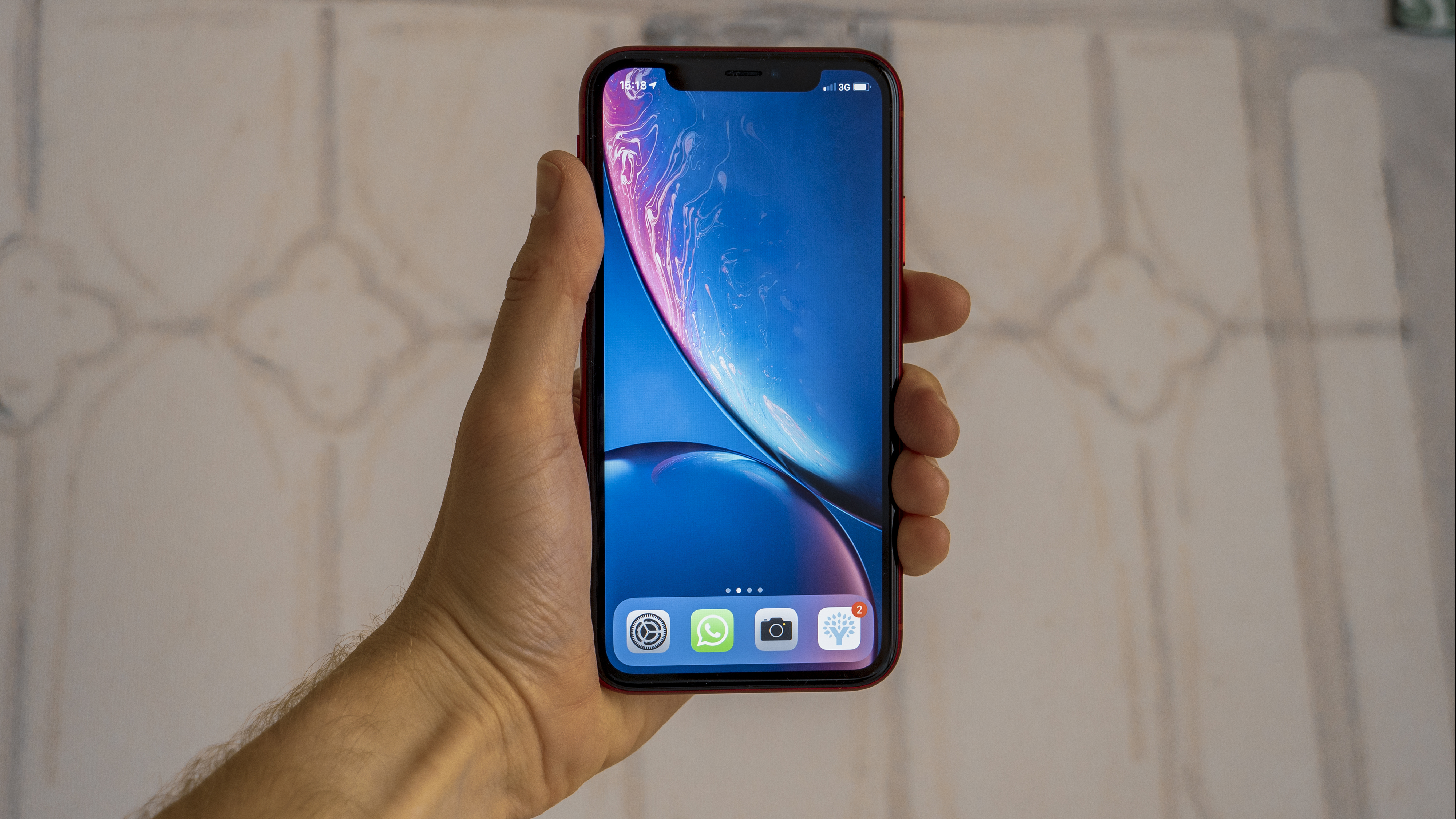
The overall screen quality, as ever with an iPhone, is excellent, and the new 6.1-inch Liquid Retina LCD technology does a good job of delivering sharp lines and punchy colors.
However, compared to the iPhone XS, it's not quite as good quality – the poorer black reproduction is an obvious difference thanks to using an LCD screen, and the sharpness isn't there either.
We also noted that some apps look a little low-res – the text in WhatsApp, for instance, doesn’t seem as sharp and that's because, well, the screen isn't as sharp.
Apple took great pains to tell us that the Liquid Retina display is one of the most advanced on the market, having been custom made for the brand to allow for the fully-rounded edges of the display that are uniform top and bottom of the phone.
That's fine, but you're not getting as many pixels packed in there, with a density of 326 pixels per inch compared to the 458 of the iPhone XS pair.
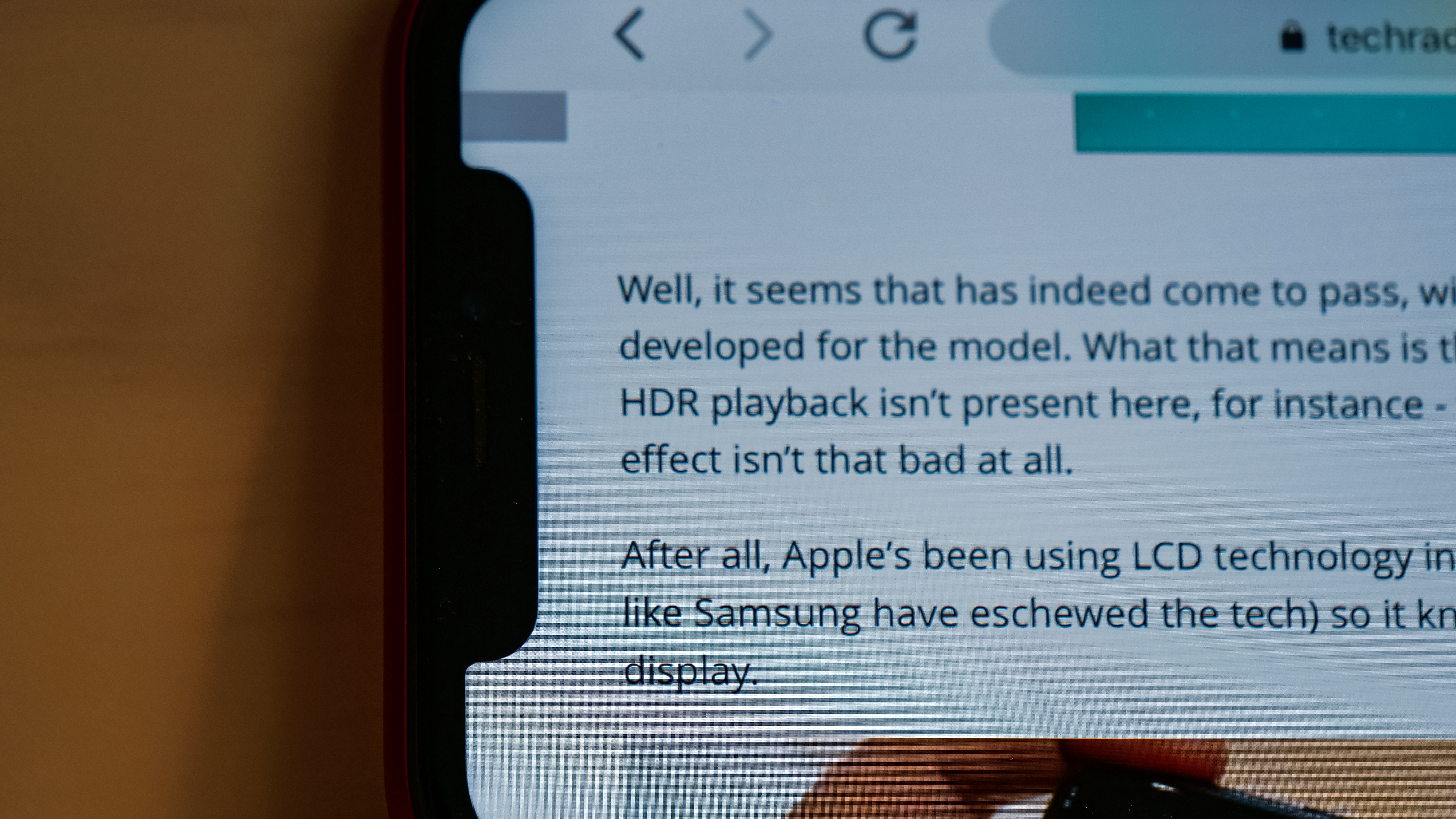
What's slightly annoying about the way Apple is presenting the iPhone XR is that there's this idea that the screen is 'edge-to-edge'. It's really not, thanks to that chunky old bezel around the sides of the phone, which really diminishes the feeling of quality when this handset is placed next to the iPhone XS.
Had Apple described the handset as 'all-screen' or just 'button-less' it would paint a fairer picture – there's just too much space taken up around the sides to call this truly edge-to-edge, especially when you see some of the handsets from the likes of Xiaomi or Oppo in China that really push things to the limit.
The iPhone XR’s screen also doesn't support HDR, which may not matter to most, but you won't get the same crisp and bright images when watching movies on the go. It can support the HDR style, so things don't look too bad, but it's not quite got the peak performance.

You won't notice this in isolation, as the test footage we watched still seemed clear enough to the eye, but it’s something else you’ll notice if look at this phone side by side with the XS – and it's another area where you're sacrificing to pay a little less.
While iOS 12 was the new kid on the block when the iPhone XR launched in 2018, it has since been replaced with iOS 13, which means in terms of on-screen looks it's the same as the newest iPhone 11 handsets.
The iOS 13 update landed on the XR during September 2019, packing a whole host of features like Dark Mode and performance increases.
The two features which came with the XR at launch were augmented reality (AR) being baked in even further, and becoming a big part of the mix for a few elements of the iPhone itself, and Memoji.
We’re still not convinced by the former, with many AR games proving too rough around the edges to be truly must-have titles.
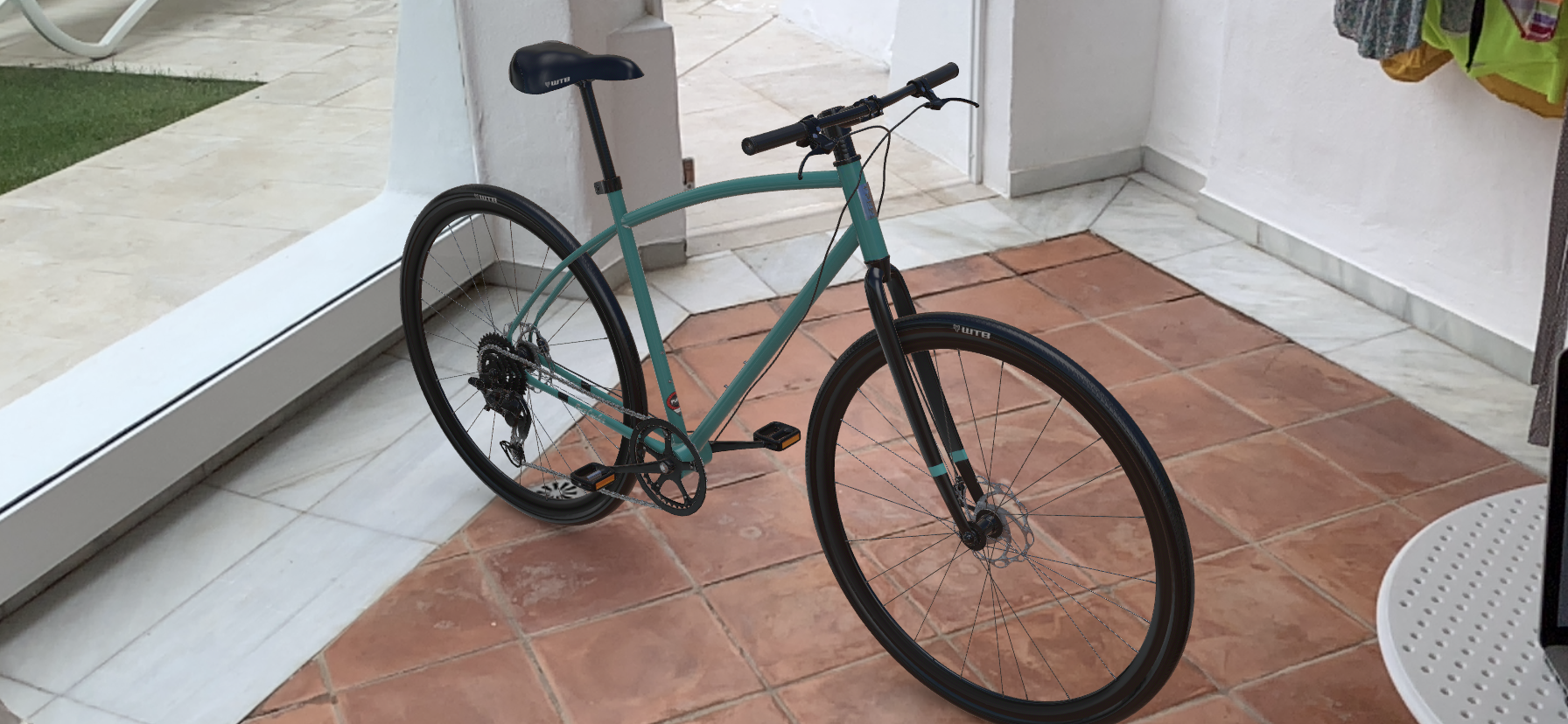
We tried the game Elements (on the iPhone XS – and we couldn’t bring ourselves to try again) and it just didn’t really work well, with very little tuition. Then we paid for a game so we could let a child play a title where you had to move around the room to drop blocks in the right way, but the perspective kept moving and it didn’t entrance them at all.
Apple’s also trying to push the new file format for AR in the shopping experience, with a few sites now letting you place their wares in the real world. We pulled a bike out of thin air and were able to walk around it in real time… but we weren’t really sure what we were getting from the experience.
It'll lock in real-size to start with, but we still felt like it was just a cool way to look at a slightly-cartoonish bike. It's possibly a good idea in theory – if it could be used to remodel a room with furniture or decorations, for example – but it’s very much a novelty right now.
That said, we're not dismissing it out of hand. If you're wondering about whether something is worth having in your house and you can't go to look at it before ordering online, this could be a very nice way to do things in the future, when it's more widely adopted.
It would be great, for example, if you could scan a secondhand item and upload it, so prospective buyers could inspect it properly – but we feel such an implementation is probably many years in the future.
Memoji is more fun, and you can spend a lot of time crafting each individual element of the face. The new A12 Bionic chip inside allows you to map a video onto your face during a call, with the neural engine able to work out where you features are in real time and place the Memoji on top.
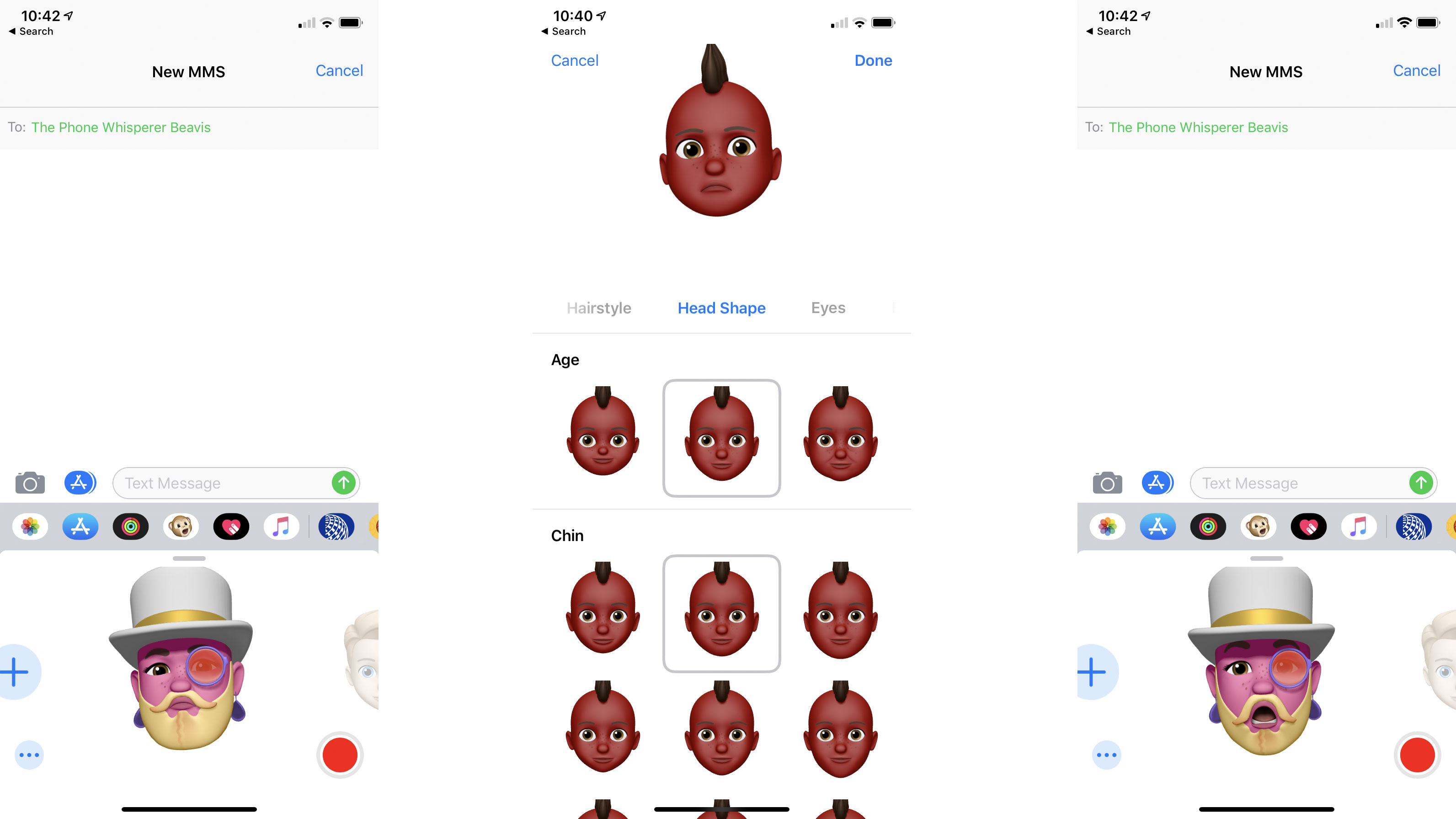
The iPhone XR has also been updated to iOS 12.1.3 since launch, with the likes of new emoji and Group FaceTime being added in the process. It's also sure to get a big update to iOS 13 when that launches later in 2019.
Going back to how it is currently, the iPhone XR does whip along under the finger, although we can’t say it did anything out of the ordinary in terms of speed.
That’s not a criticism, by the way, as Apple phones always run smoothly at the start of their life (and, to be fair, generally continue to do so). We did encounter a few bugs though, with things like notifications on the home screen hanging a little too long to be just processing, and other apps taking a moment to come out of suspended animation when flipping between them.
According to Geekbench, the iPhone XR is equally as capable as the iPhone XS in terms of daily, easier tasks, but struggles a little with the heavier stuff – which is something we noted and could be part of the issue above.
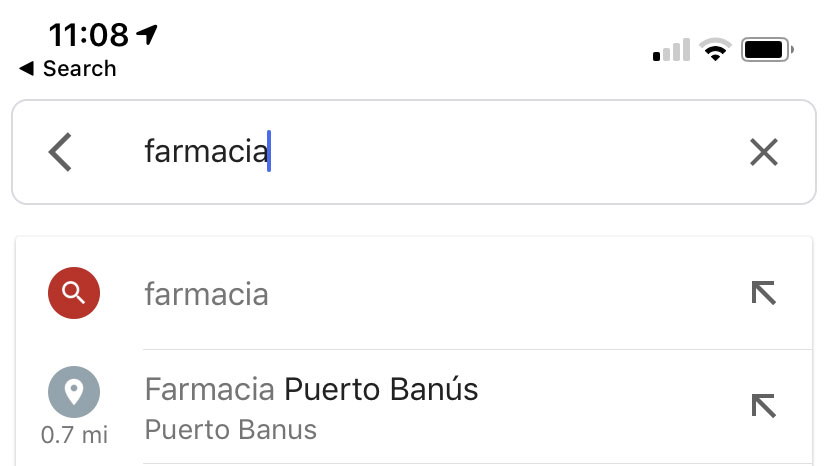
That performance could well be due to the fact we’ve got 3GB of RAM inside this handset, rather than the 4GB in the iPhone XS – so if you’re after a handset with real power you might want to think about upgrading to the iPhone XS.
When it comes to the media experience on the iPhone, it’s never been easy to fault it (even if you really wanted to). The speakers not being louder isn’t that much of an issue, as people don’t always want to hear what you’re watching or listening to, and while the headphone jack issue is a real one, there are ways around it.
Siri still doesn’t get us all the time – especially when we're driving and we want to play a certain playlist. There are only so many times you can ask for the same thing in an ever-clearer voice before you never want to ask again – and that drops to just the one time if you’ve got friends around laughing at you.
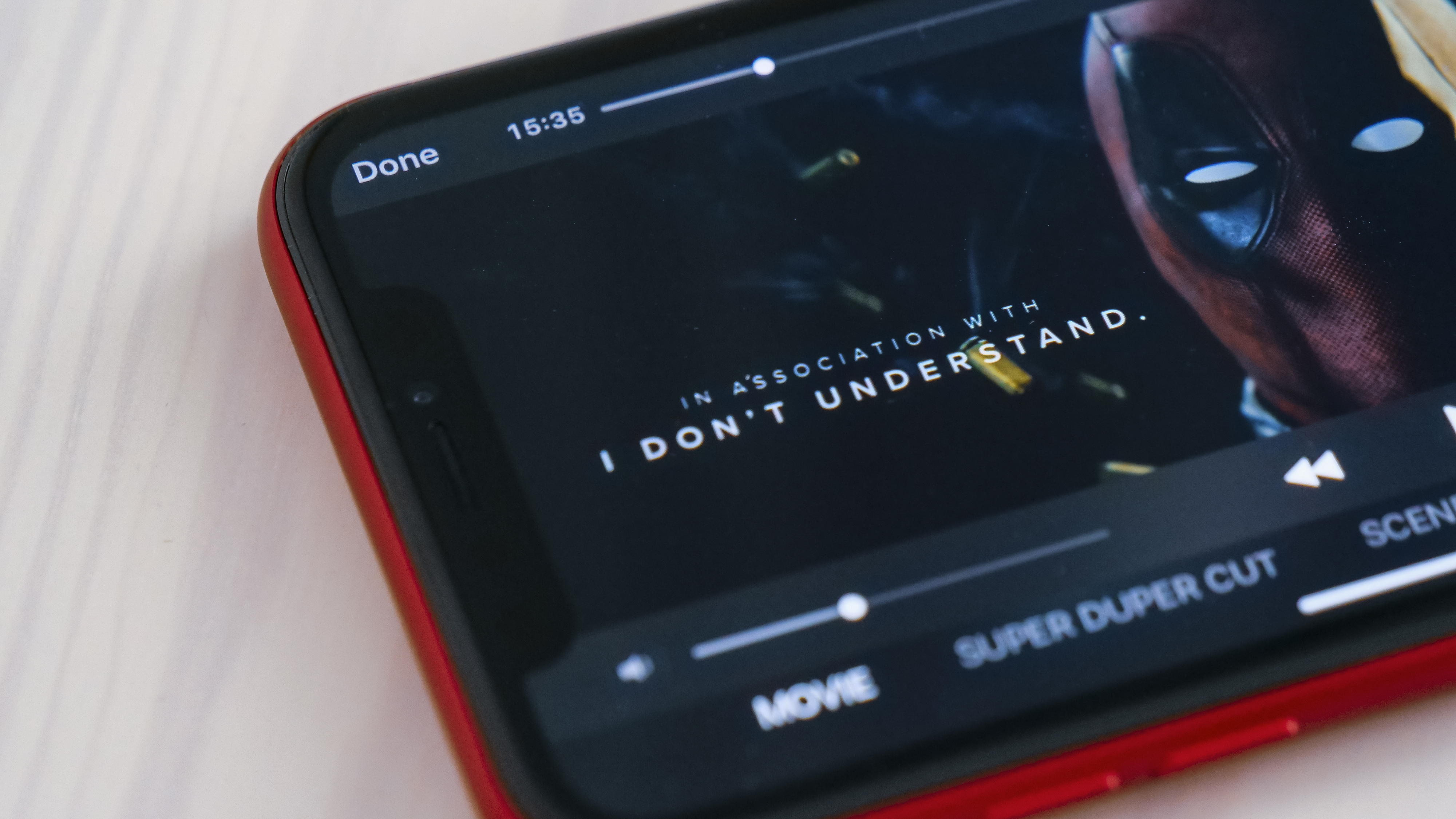
The movie-watching experience isn’t diminished by the lack of HDR or an OLED display – you’ll even get more natural-looking scenes if that’s your thing. And with 64GB, 128GB or 256GB storage options on offer there’s very little chance you’ll fill this phone up with content if you go for one of the latter two storage sizes.
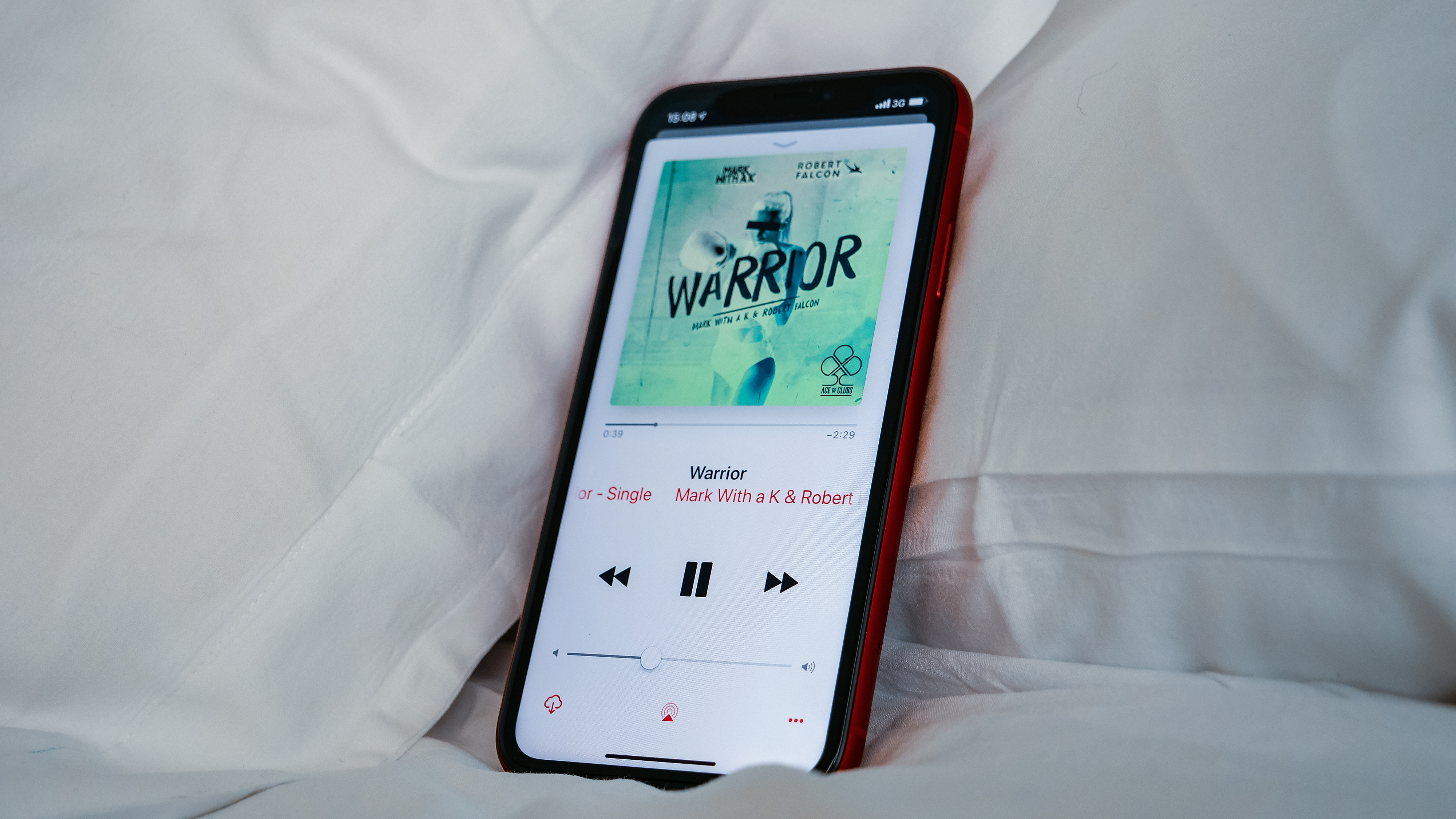
Apple still hasn’t added any dedicated game modes like its competitors have, and the AR titles it keeps pushing aren’t something we can really see anyone being inclined to play with friends (although it would be cool if it caught on).
That said, the raw grunt this smartphone packs, combined with the raft of titles available on the App Store, ensure that it will offer something for any kind of smartphone gamer.
If you’re any kind of seasoned iPhone user, you probably won’t be that impressed by the iPhone XR’s camera. That’s not to say it’s not decent – it’s powerful at times, and often just takes a good snap without much work – but it doesn't really improve the iPhone’s camera story that much.
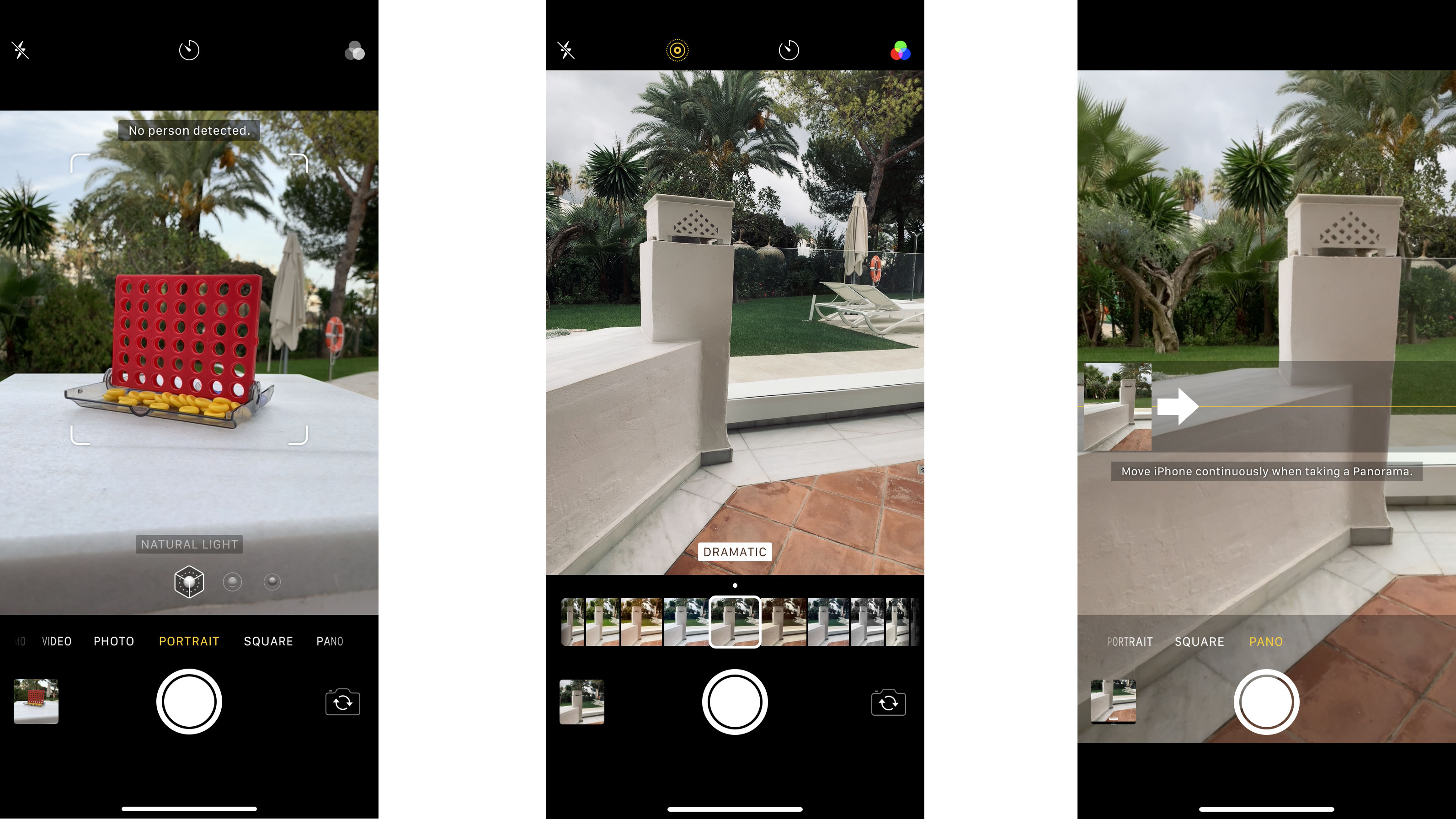
Shorn of the secondary sensor, the iPhone XR’s camera doesn’t quite hit the heights of those on the XS duo – they offer some truly stunning snaps at times, with incredible detail and brightness, and while the XR isn’t that far behind it’s not got the same 'wow' factor.
Again, there’s nothing really to criticize it for, but we never took a photo that we were truly impressed by and wanted to share.
Perhaps that’s the curse of the LCD screen as well though – even when taking a photo with the XR that was similar in terms of lighting and colors to one taken with the iPhone XS, the more saturated, vibrant color of the XS image was instantly more appealing.
Where the iPhone XR struggles the most is in portrait mode – where the XS has hardware to do the job, the XR is just using a software algorithm to discern where the human ends and the background begins, so that it knows which parts of the image to blur.





It's generally quite effective, but side-by-side with the iPhone XS it’s a poor relation. There's still fringing around sections of the subject, especially on body parts, and the level of blurring wasn’t as strong, and while you can alter this in the settings afterwards, it’s a little tiring to have to do so.


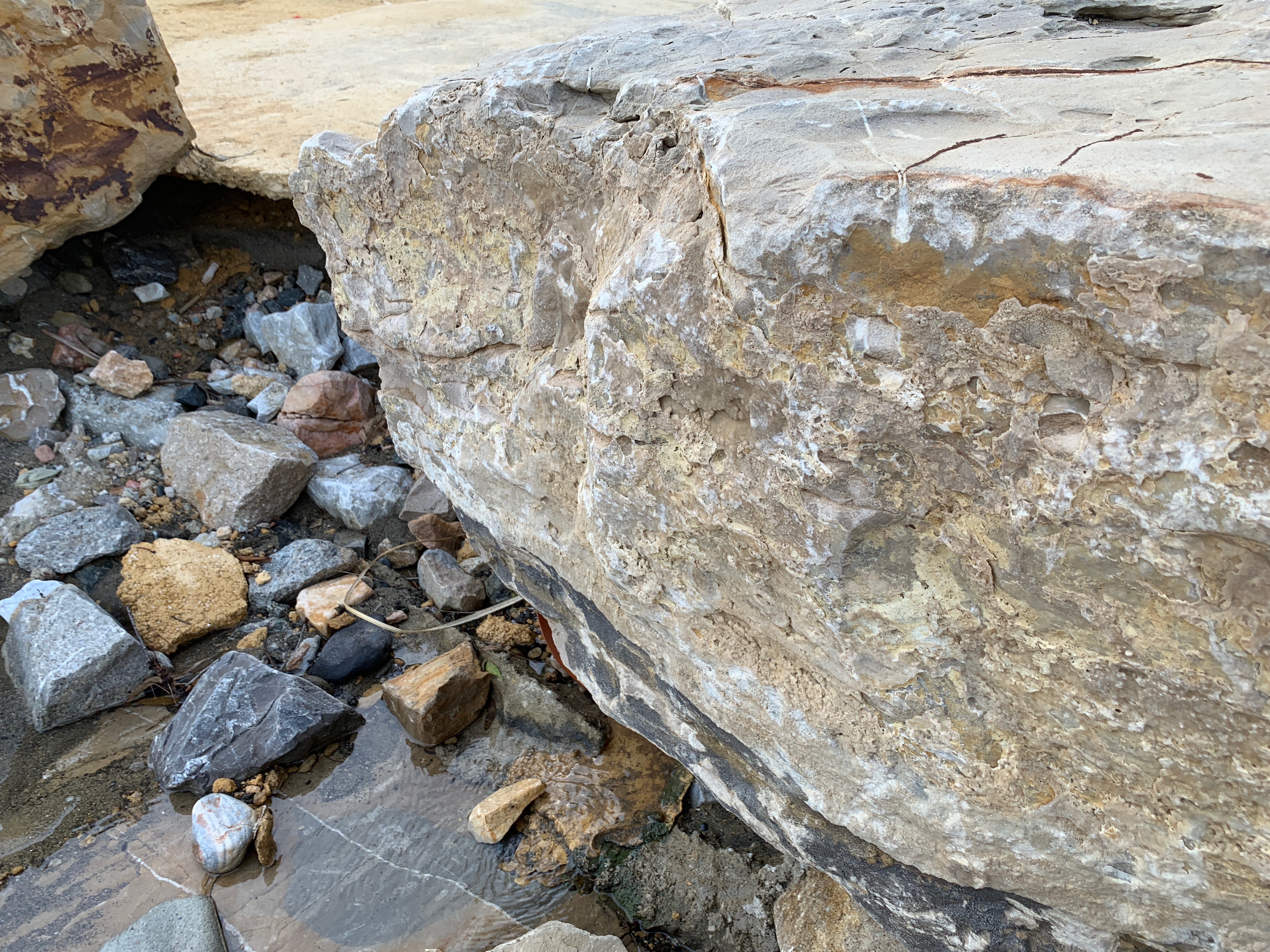




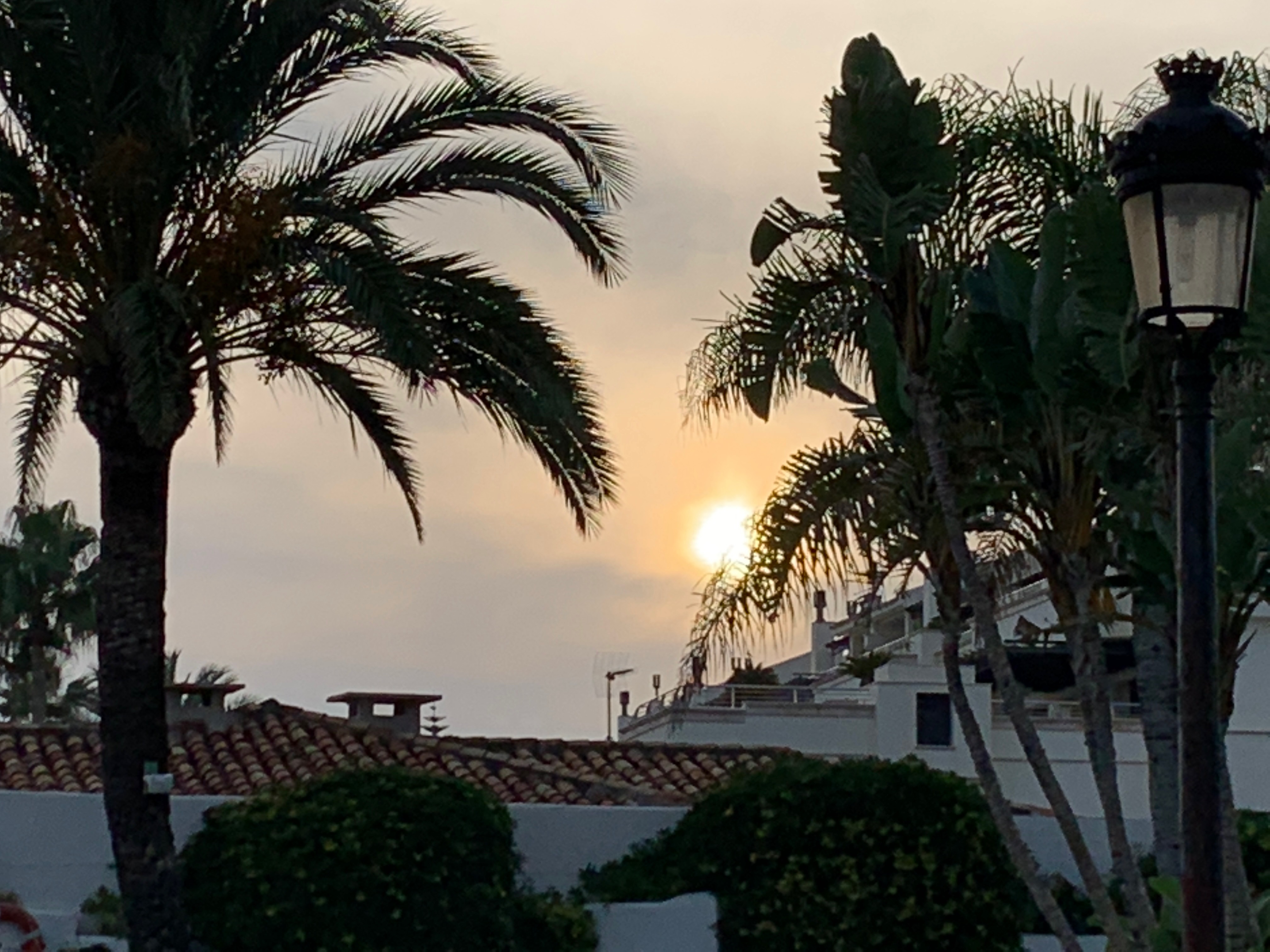

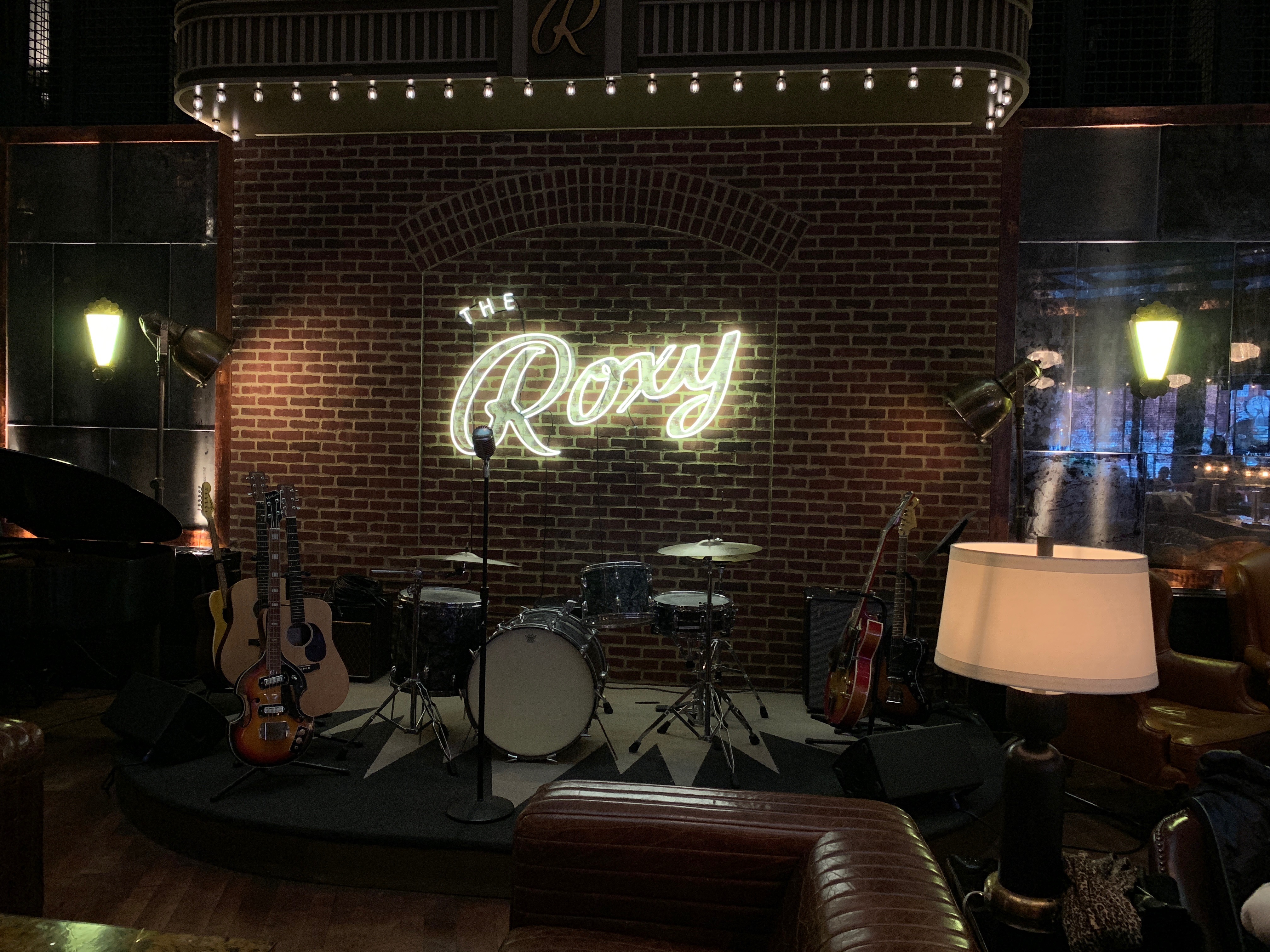



The Smart HDR mode still is working well – it’s not a lot different to previous HDR modes that Apple has offered, but does improve the quality of photos on a regular basis.

If you’re ever shooting anything with a touch of sky or cloud, the difference is marked – and the little flicker of Live Video, which just uses the raw video footage shot from the sensor, shows just how much things are improved when the moving image jumps into the final still, and you see the effects of the various processing tricks.
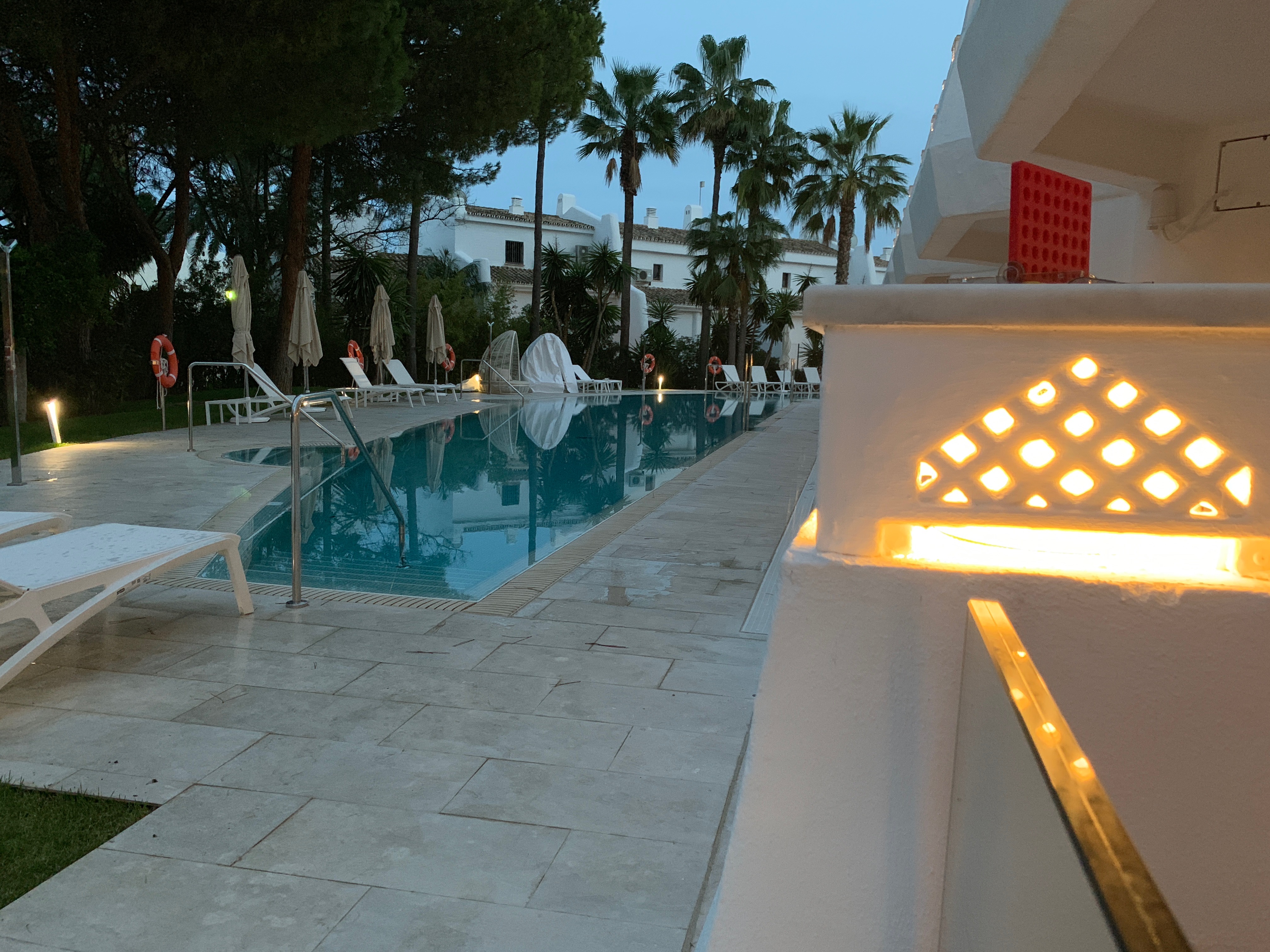
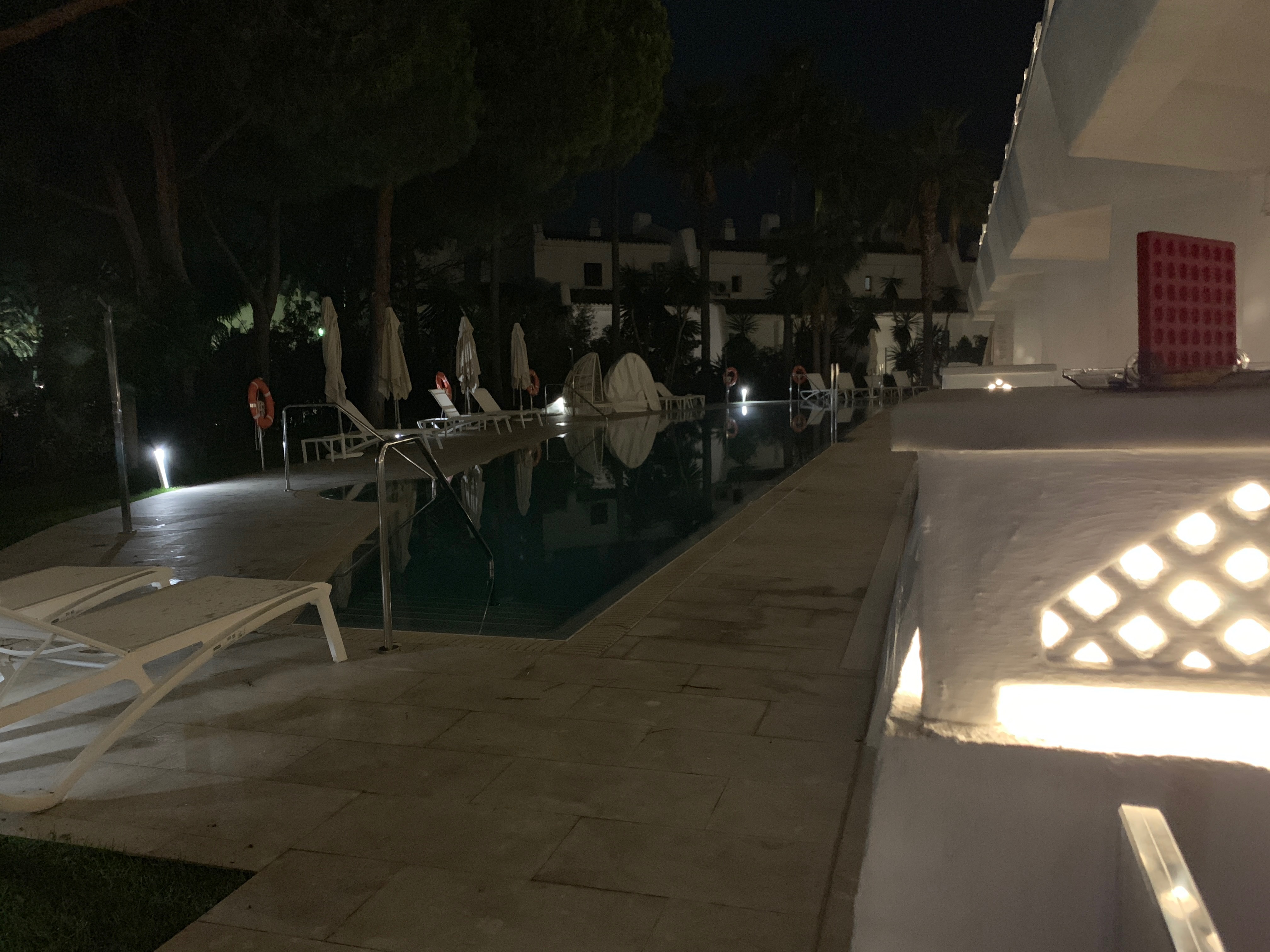
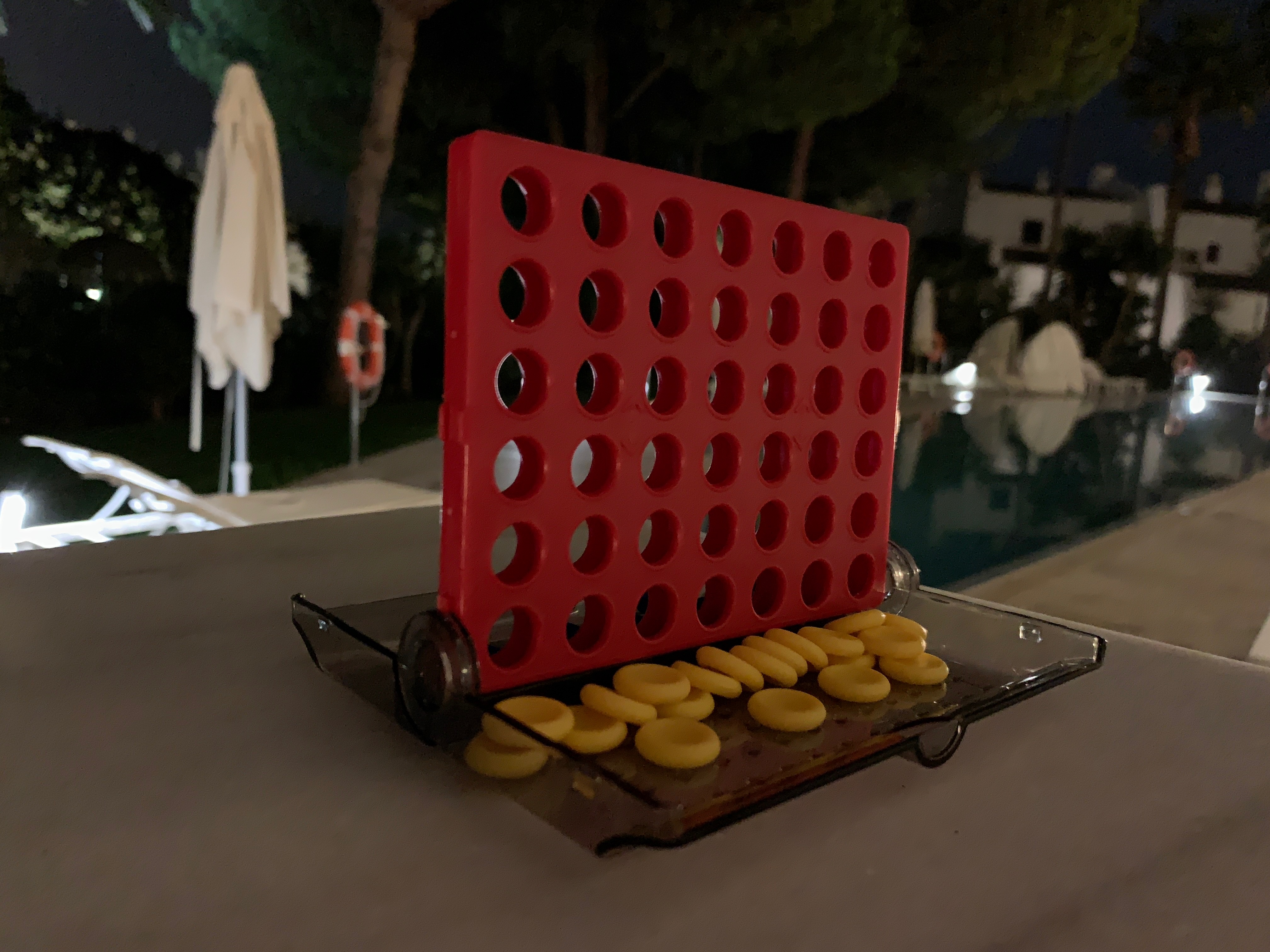
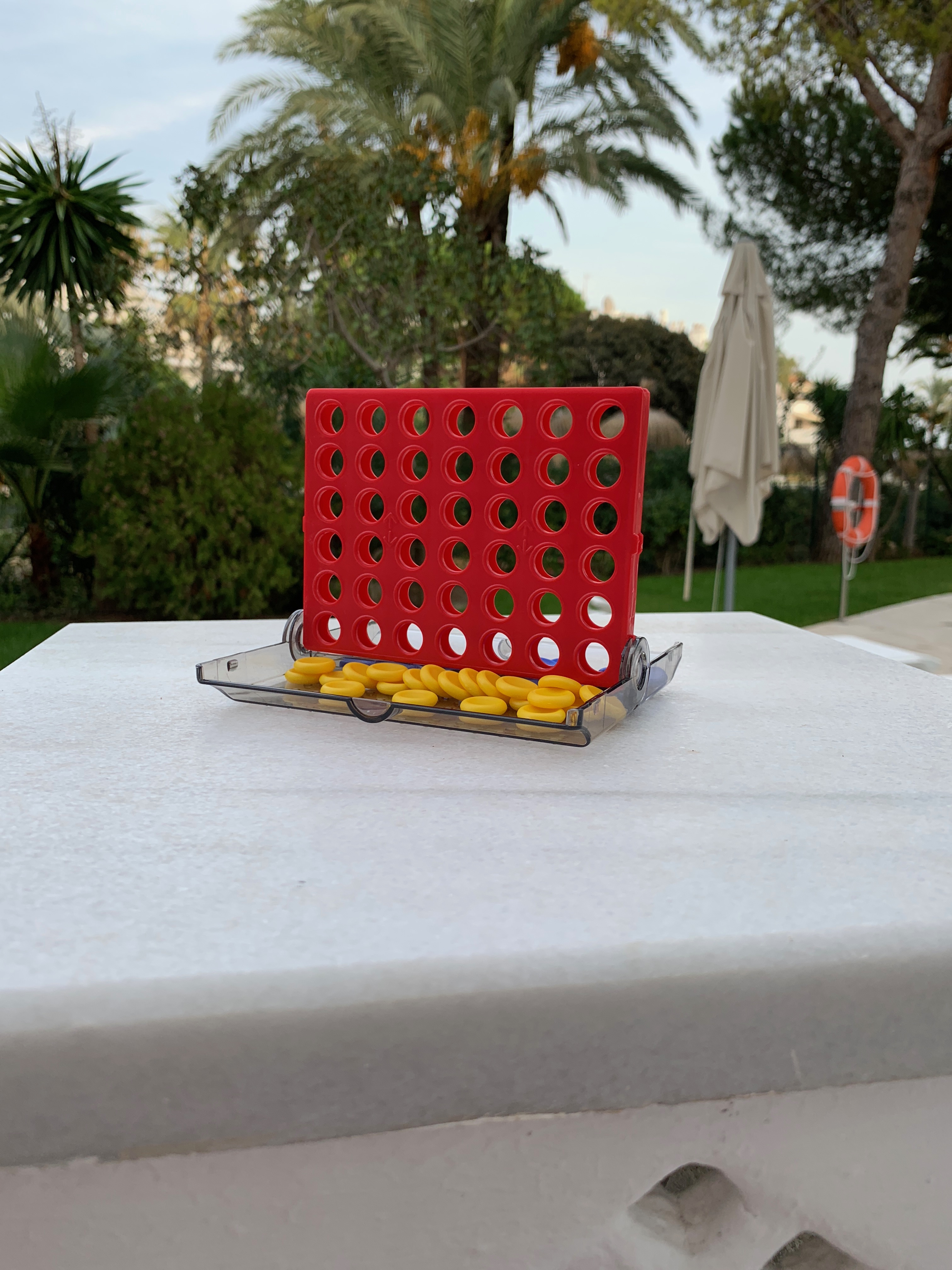
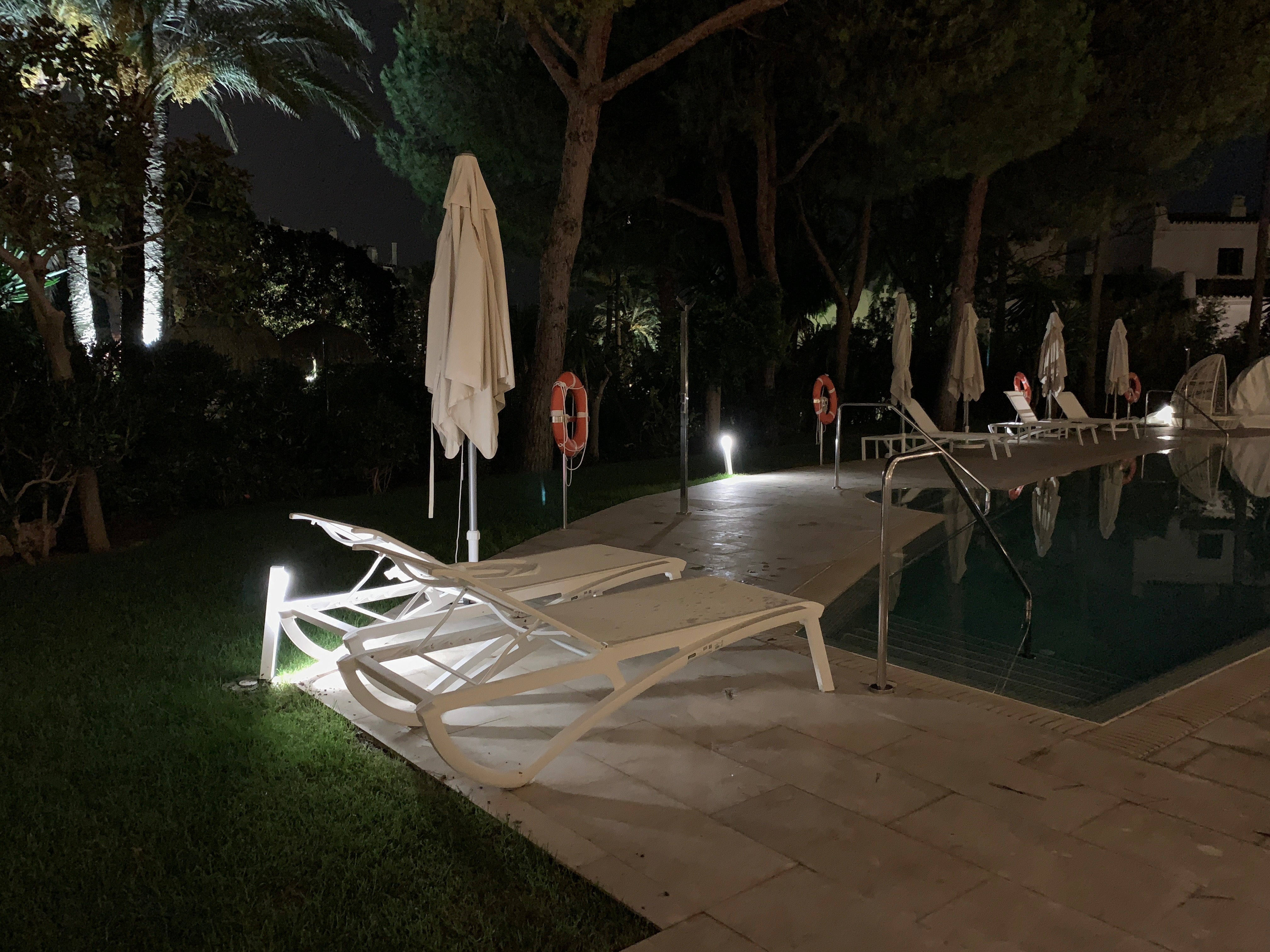
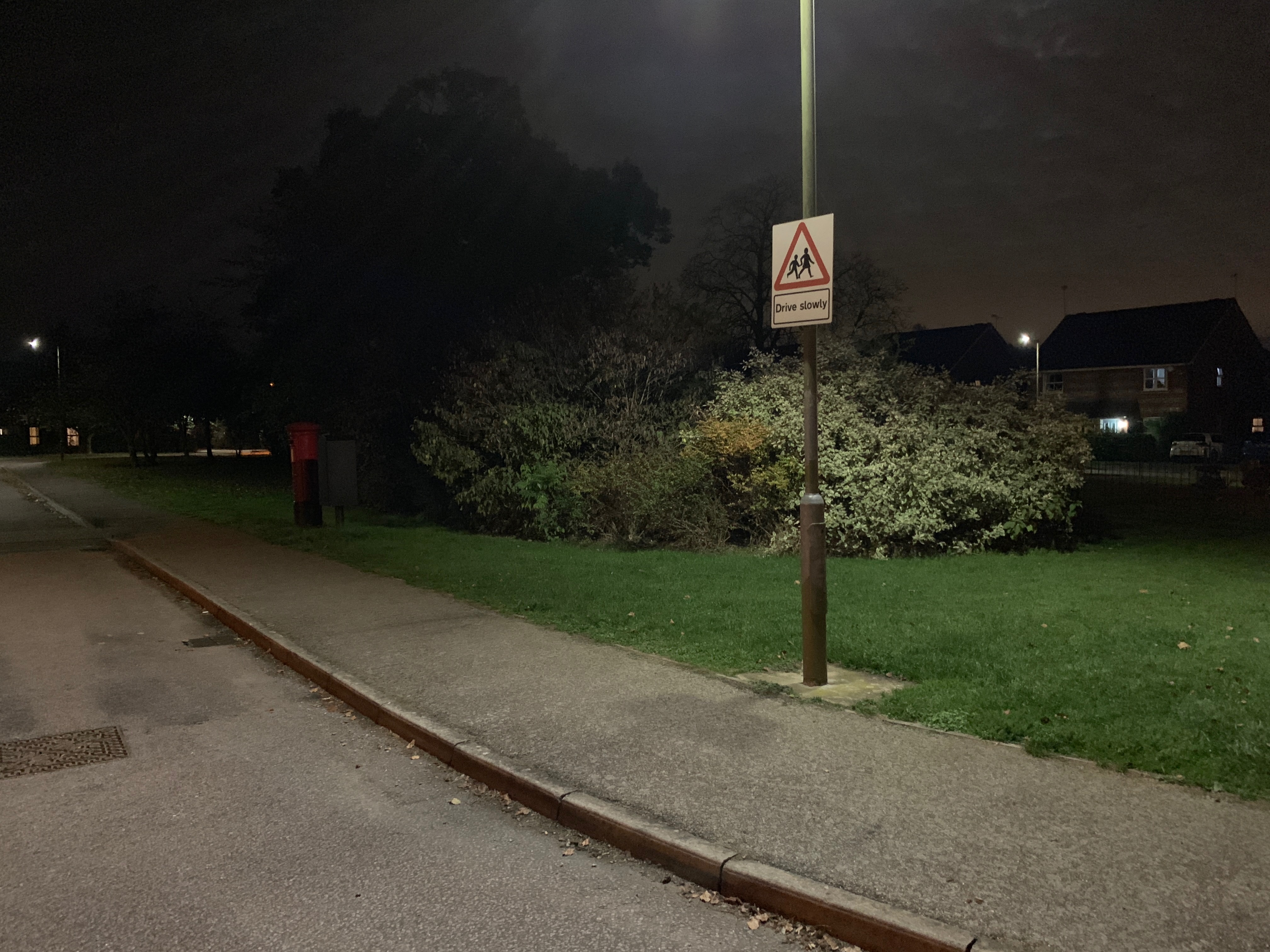
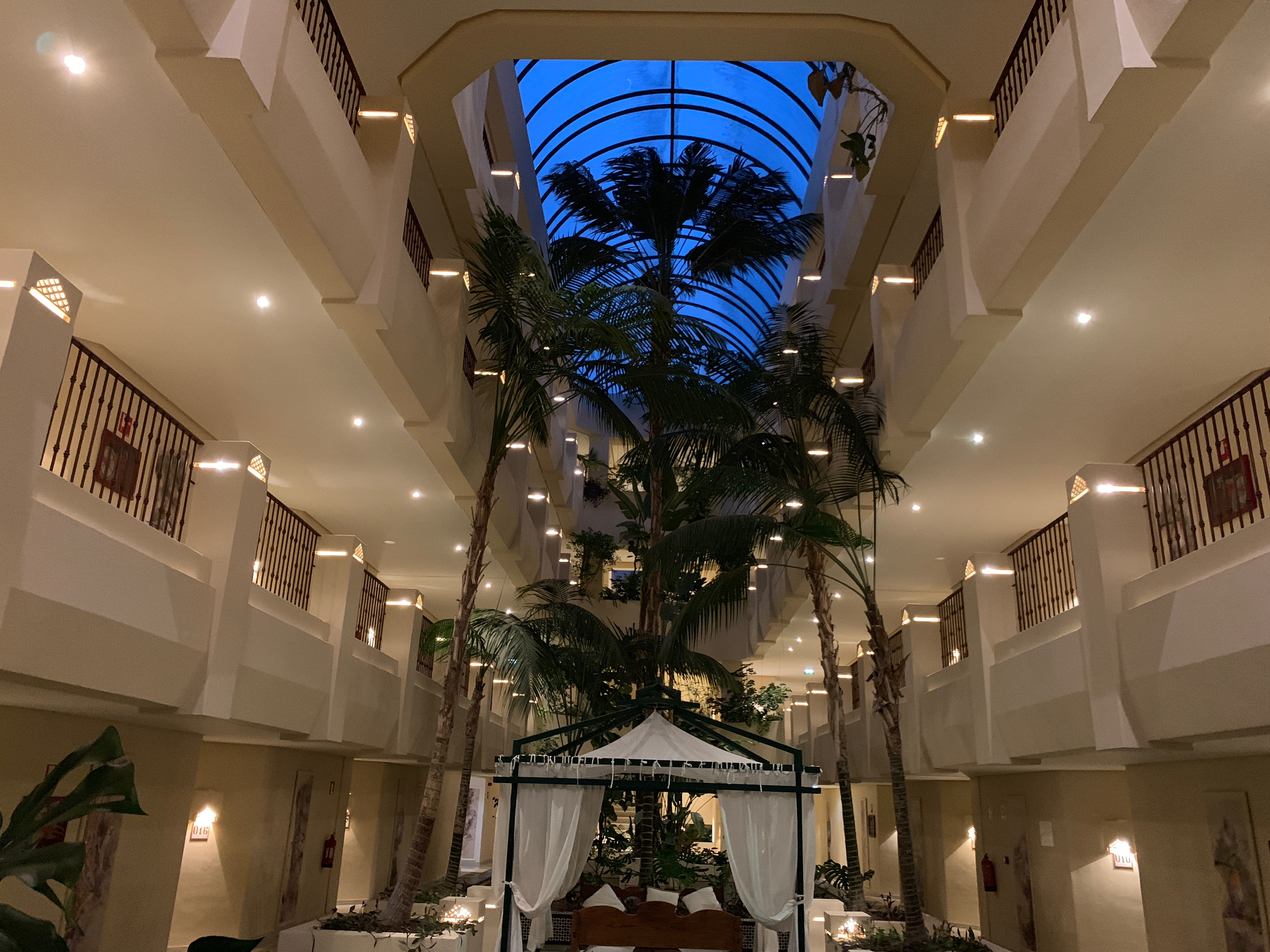
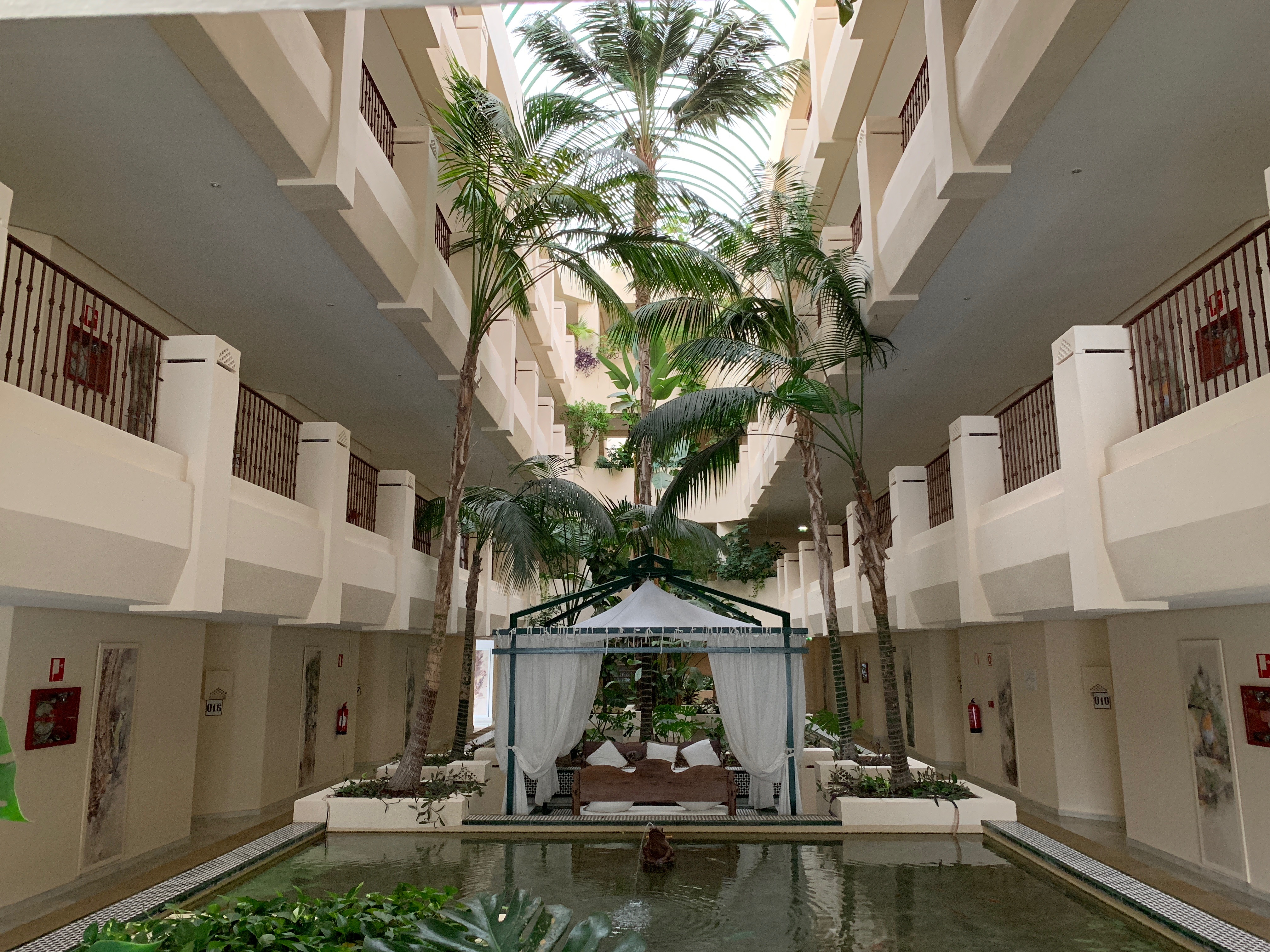
In low light, things are pretty impressive – the processing doesn’t seem to massively detract from the quality of shots when they're viewed close up, and it really brings out the brightness of scenes, even revealing more light than the human eye can see.
Overall, the camera quality on the iPhone XR is just fine, and it can go toe to toe with a multitude of other handsets on the market. The Smart HDR capabilities of the iPhone XS are present, if not quite as incredible as in the more expensive model, and the low light performance continues to be on the right side of impressive.



The big loss here is the second sensor – yes, if you’re upgrading from one of the Plus models you may still see a discernible improvement in image quality, as you might expect, but compared to the iPhone XS this handset doesn’t have the same capability for producing lovely 'bokeh' shots.
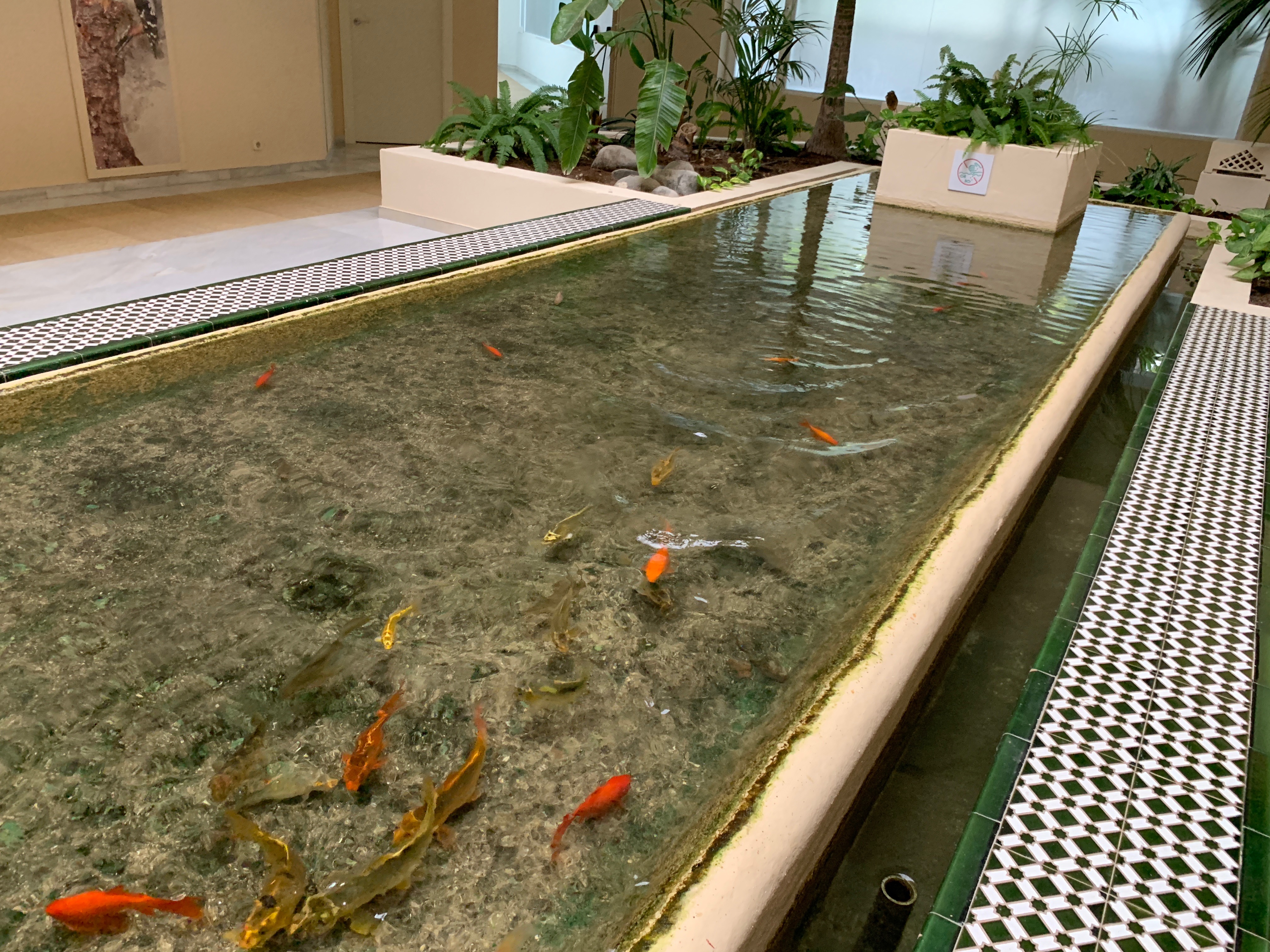
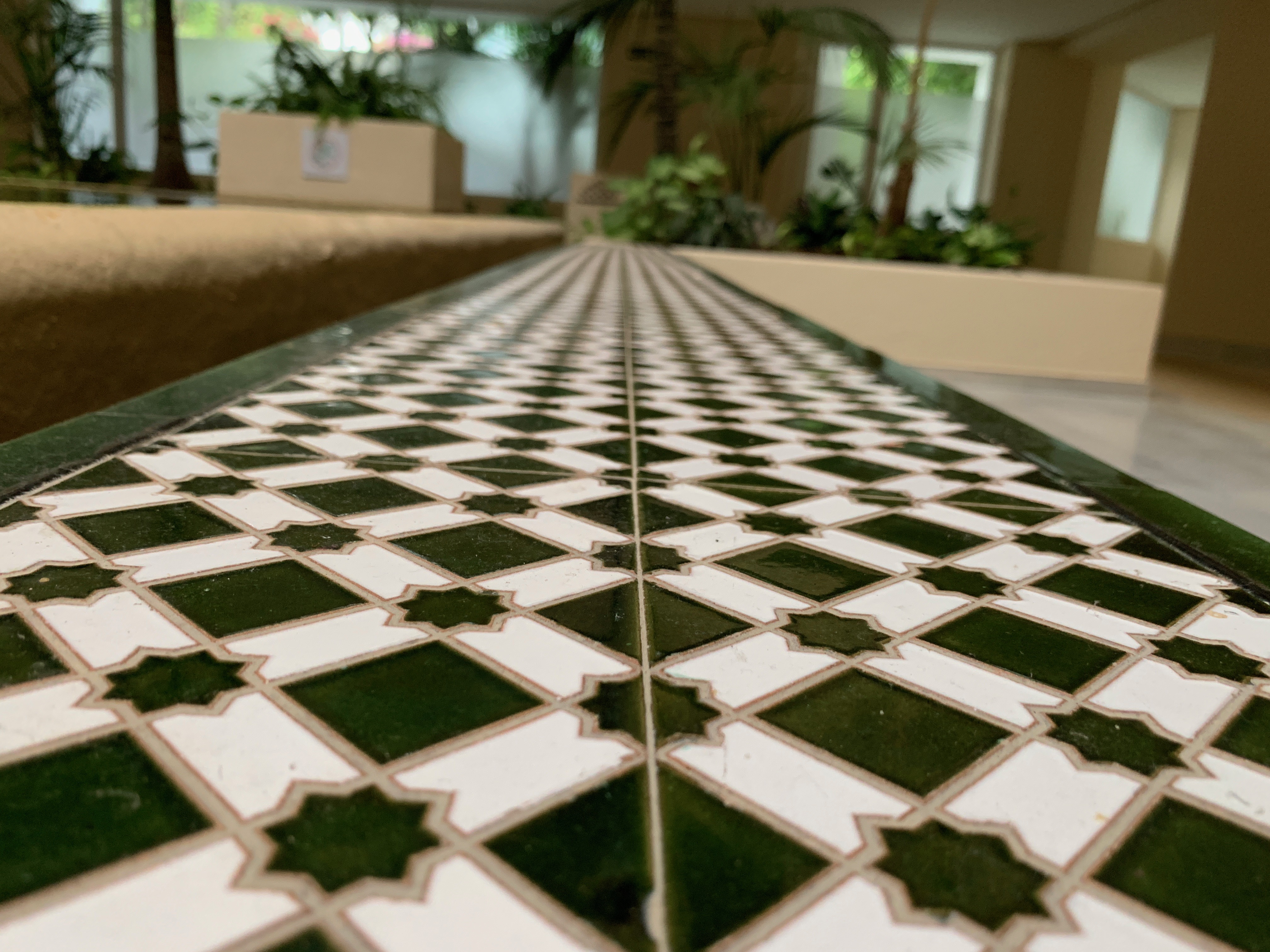
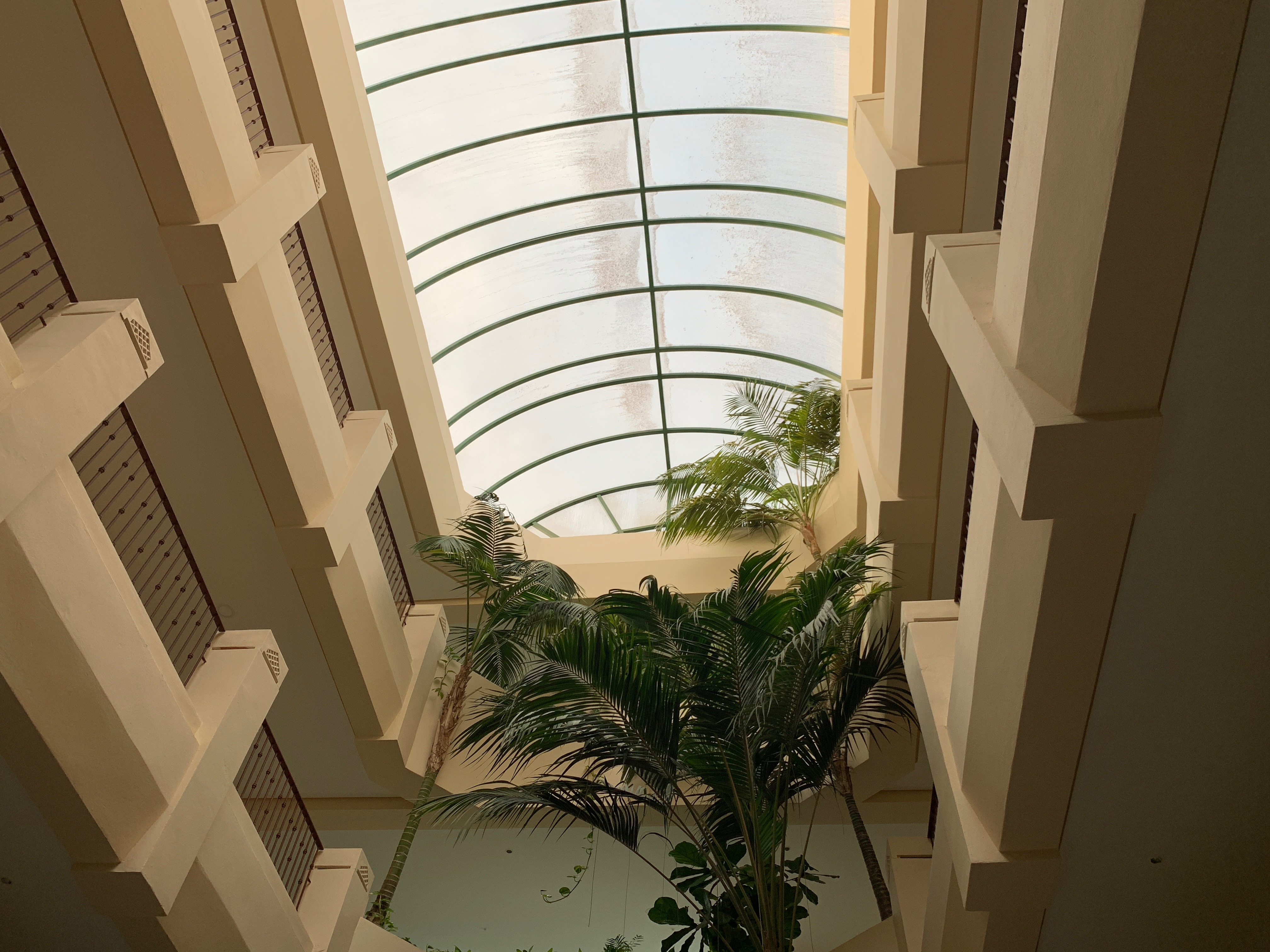
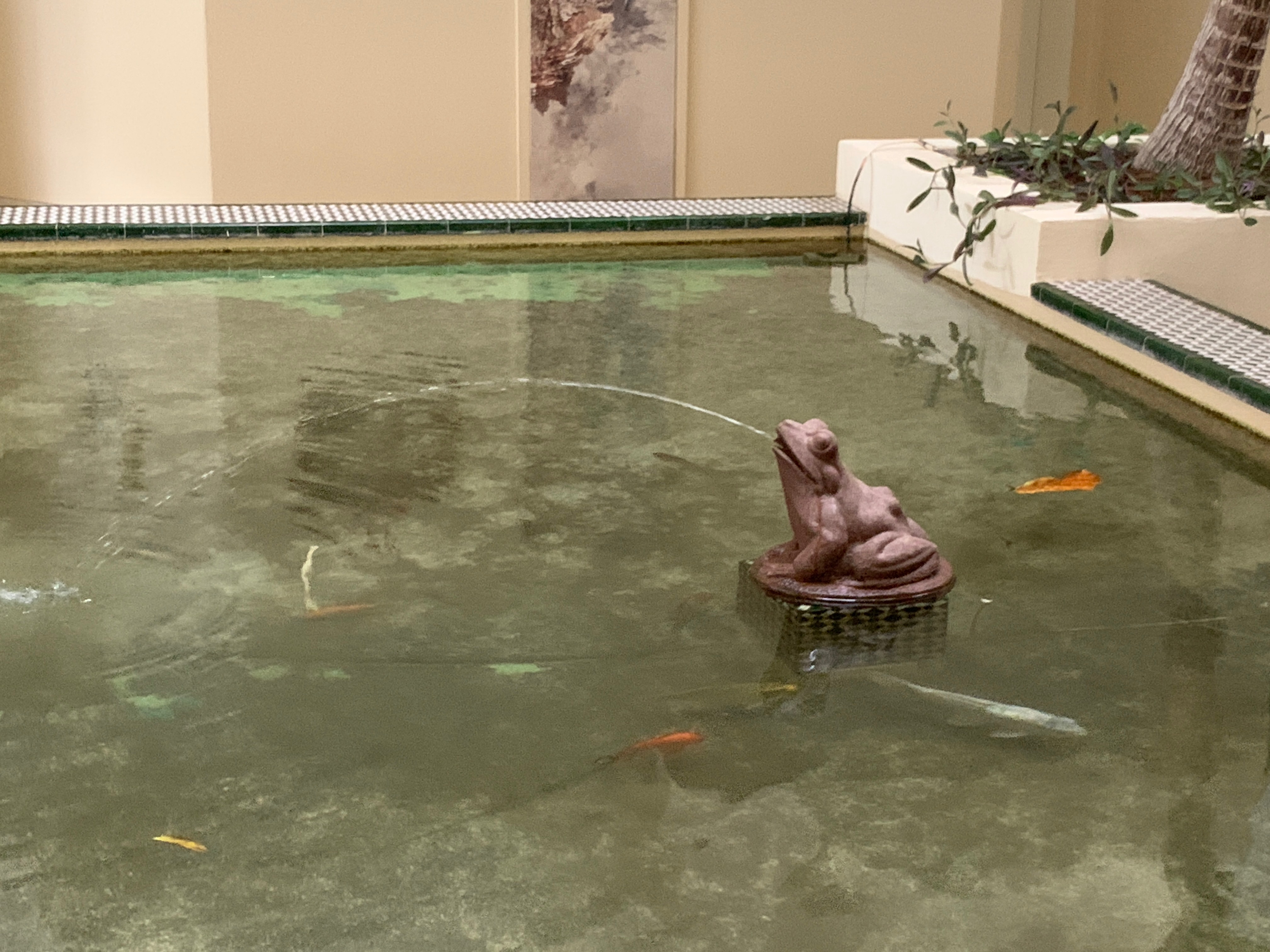

The front-facing camera is more impressive though, and you can take a good selfie with a blurred background here. Even in low, soft light it’s possible to get a decent background blur (especially if you crank the aperture after the shot is taken) and the lighting effects can make a real difference.
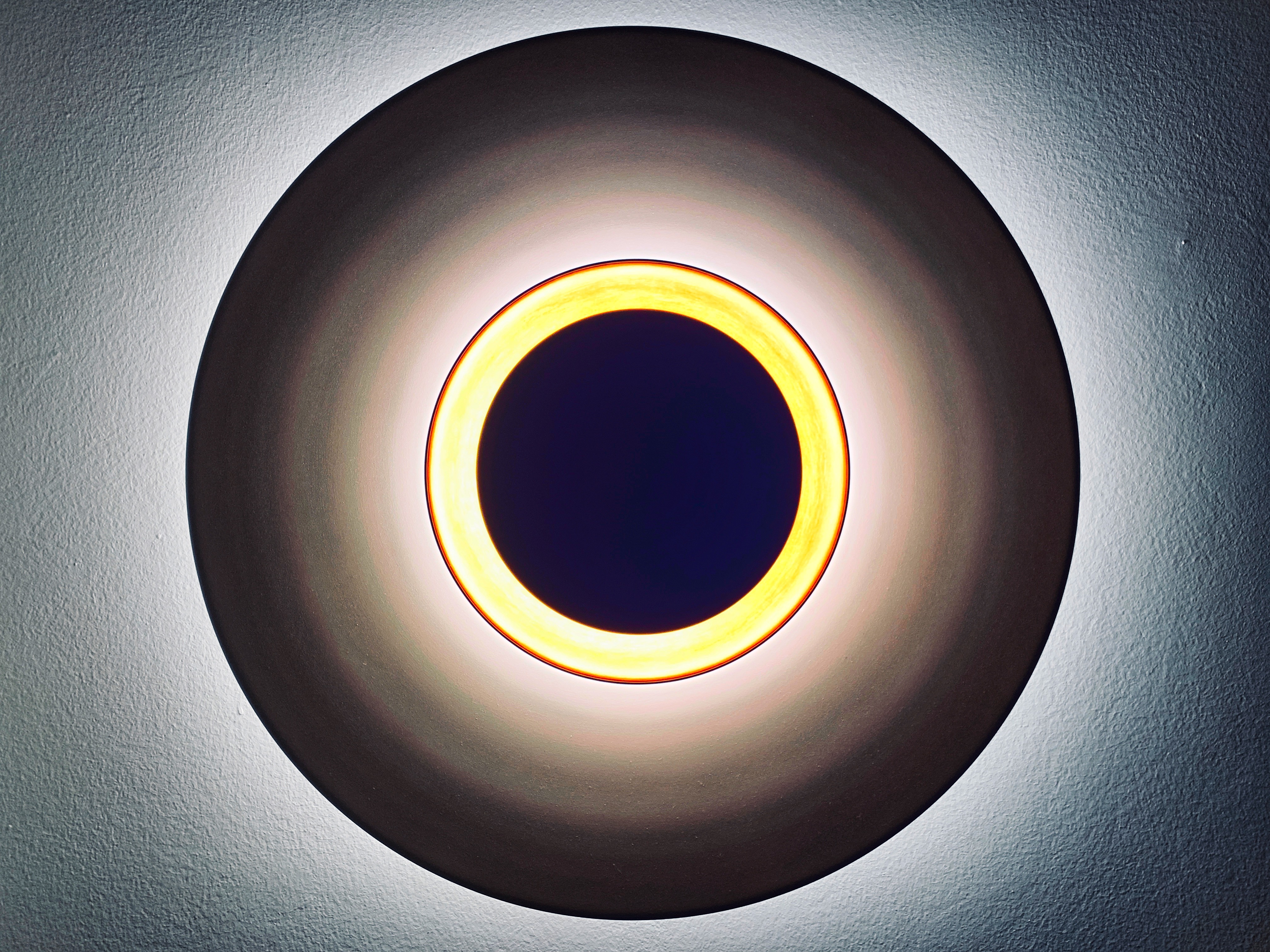
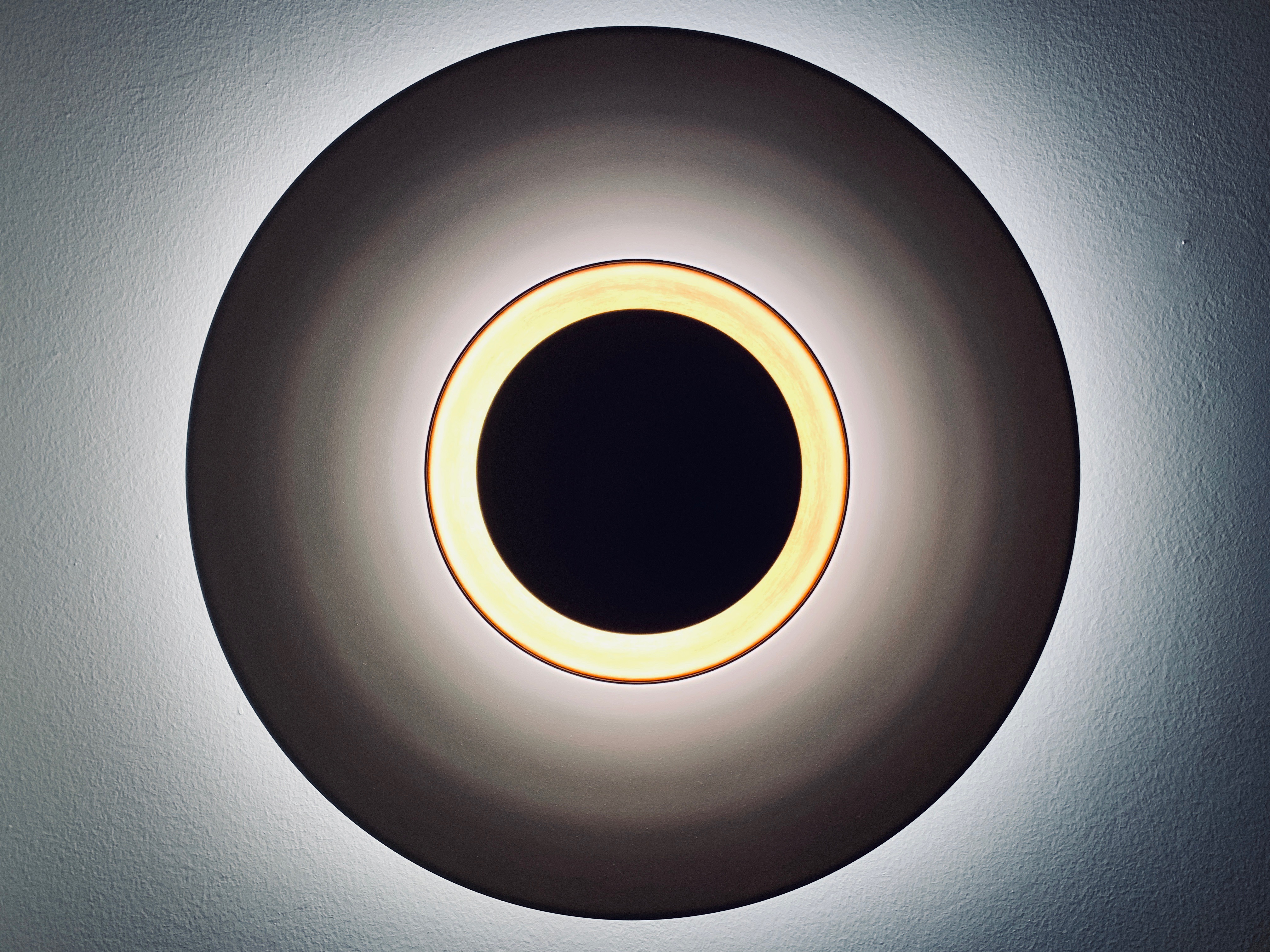
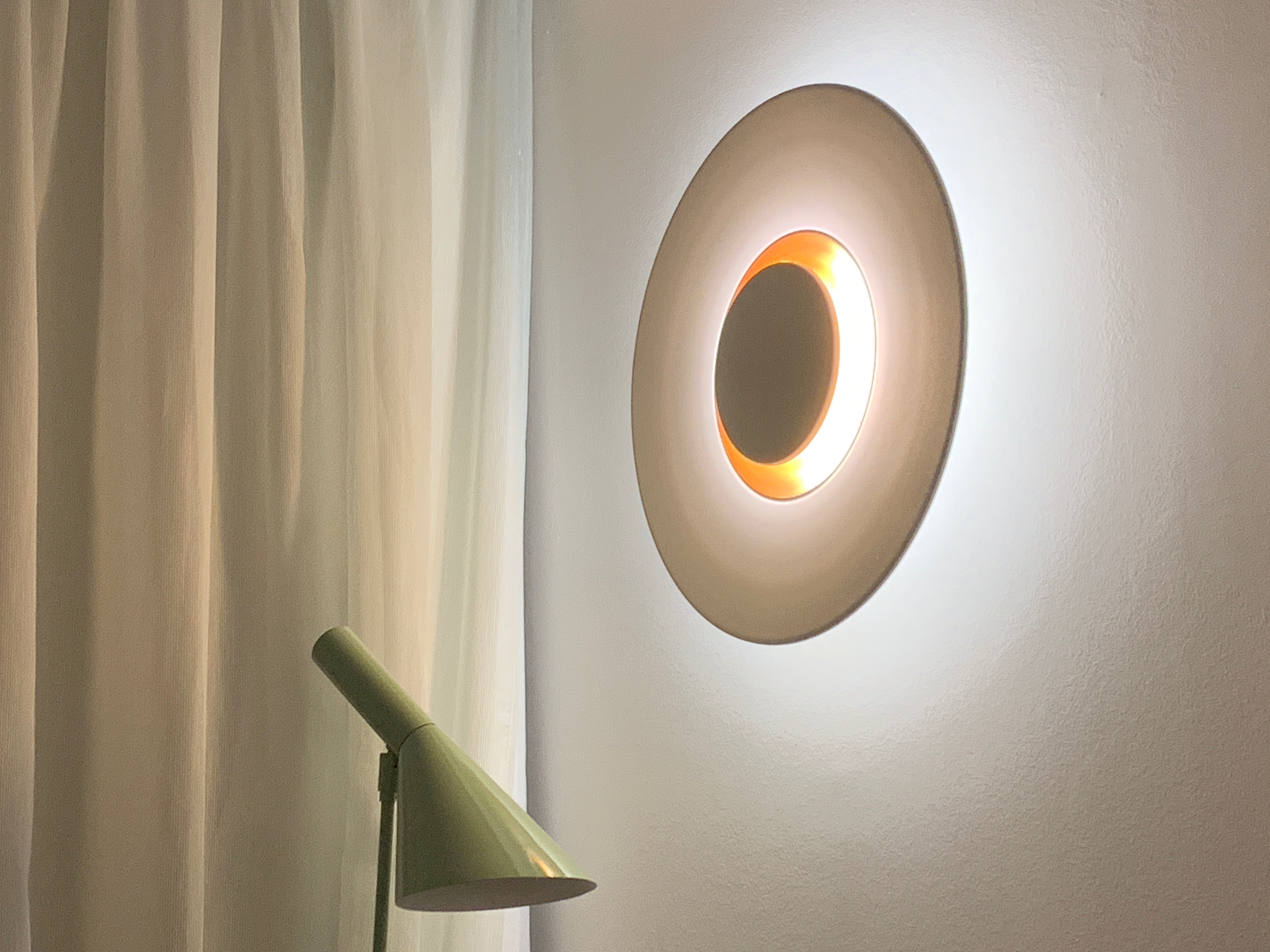
As seen the previous year on the iPhone X, the crop of the body is a little too harsh and means you probably won’t be using the Stage Light or Stage light mono settings too often (where they cut out the background) but overall we think the iPhone XR is one of the better selfie cameras around, if for nothing else but ease of use.
We won’t beat around the bush here. The iPhone XR completely backs up one of Apple’s big claims: that this phone offers the best battery life of any phone from the Cupertino brand.
We’re looking at an iPhone that can last for the whole day without causing battery anxiety. Of course, your mileage will vary with any phone, but we’re really impressed to see all the little tricks offered by the iPhone XS’ battery management (such as making the phone very power-efficient when you're using it as a car navigation system on GPS), but also just being able to go into a nice power-saving mode.
The only time we felt the immediate need to look for a charger was the morning after we accidentally left the iPhone XR off the charger overnight – and it was still chugging away just fine.
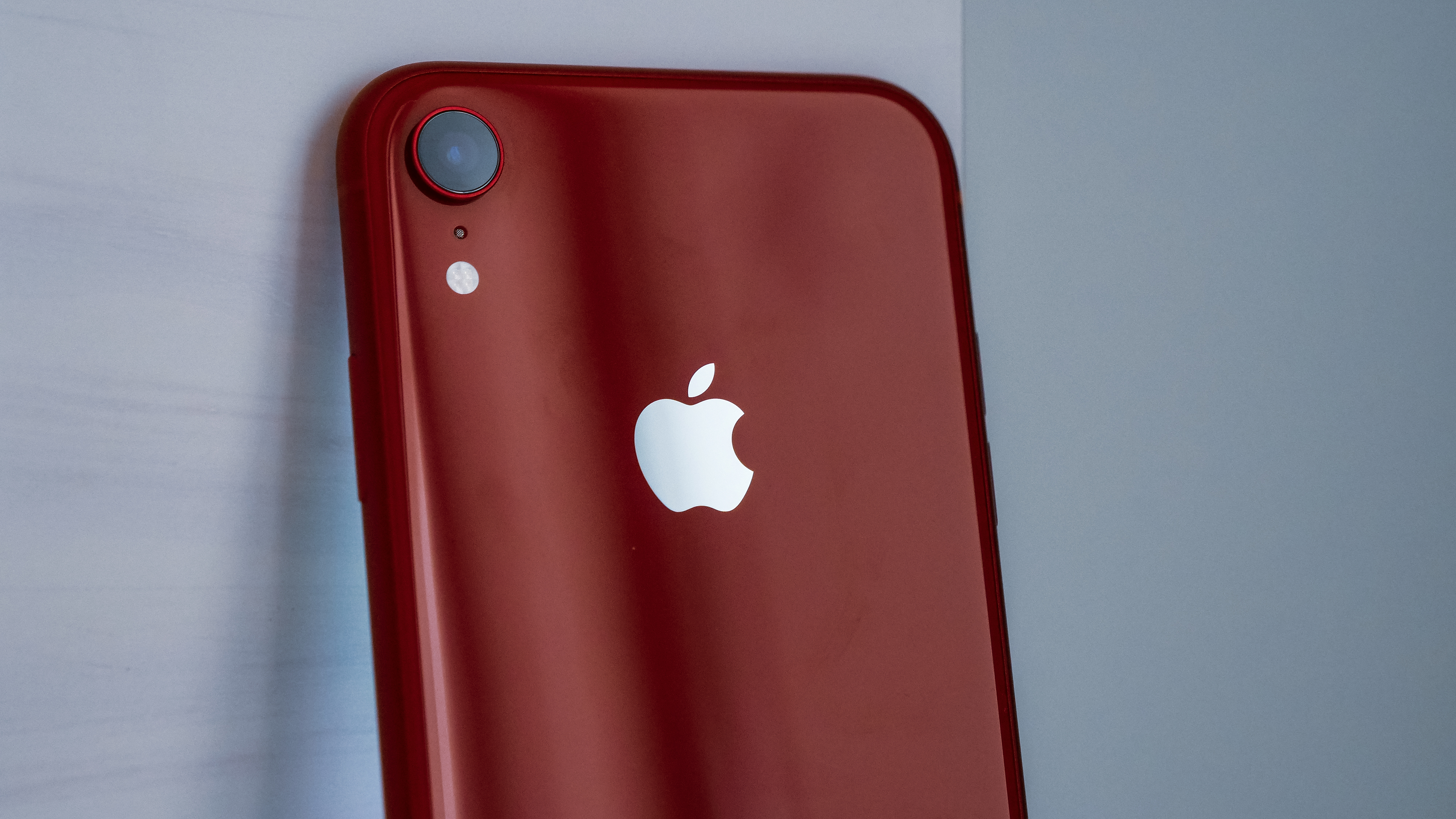
It’s hard to definitively state why the battery life is so much better on this phone than any other iPhone we’ve tested, as there aren’t that many changes that should make a difference.
The same A12 Bionic chipset runs at the heart of this handset that’s in the iPhone XS and iPhone XS Max. The XR is supported by only 3GB of RAM, compared to the 4GB in the XS pair, but that’s more significant in terms of general snappiness and heavy lifting in apps rather than having any obvious effect on battery life.
So, leaving that aside, it must be down to the fact that this phone is slightly larger and can hold a better battery pack inside, as well as the more efficient screen.
That LCD display seems to be the real success story here. It not only manages to offer an experience that’s not a million miles away from the high-end OLED displays Apple has brought to its more expensive phones, it's clearly more power-efficient.
An example: one day we took the phone off charge at 5:30am. After some light messaging in the morning we then left the phone in a bag until midday, and barely any charge had dropped, so the standby battery retention is pretty darn good.
However, after that followed a period of fairly intensive use, with the screen fired for nearly six hours of the day for assorted different web browsing, messaging, and scrolling through Twitter – it was the kind of day that would be talked about around the fire at Camp iPhone as a true horror story.

However, despite all that use, come 11pm we still had 22% battery left – that’s pretty impressive given that we were properly pushing the iPhone XR to its limits.
Another example: using the XR as a hotspot on the way to work while doing some Bluetooth streaming has been a recipe for battery disaster in the past, but here we were seeing a handset that didn’t even dip below 90%.
When you consider that we've had some handsets drop into the 60% range when performing the same set of tasks, that’s pretty impressive.
Over time, things have levelled out a little, but overall we're still feeling OK leaving the iPhone off charge overnight in an emergency, which isn't something we could say about previous models.
You’ve also got wireless charging on tap, which aside from the general convenience means that if you find the phone not charging because it's wet (the Lightning port can lock to avoid short-circuiting), you can still get some power in.
The only weird thing here is the score in our battery test, where we loop a 90-minute video at full brightness and see how much battery it consumes – the iPhone XR dropped a not-insignificant 20%, which is more than many other phones, including cheaper ones.
However, the handset also started to get rather warm during this test, so we’re going to have to try it again, as we were expecting less than 10% battery drop.
The iPhone XR is one of the best handsets Apple has ever made, and that's mainly down to the excellent battery life.
The rest of the phone doesn't really add much to the iPhone family in terms of pure specification or novelty, but it does offer a more budget route into getting a handset.
There are some compromises here, which we’ve discussed, and some may irk more than others – in our case there's long-pressing where previously one could push the screen a bit harder, because the 3D Touch technology has been omitted – and that's something we’re surprised we wanted back, given we didn’t think we used it that much before.

The portrait mode on the camera becoming more software than hardware is something that needs to be thought about long and hard – if you’re just after a decent enough snapper in the iPhone world, this handset will do that for you, but you can get something much more effective on the iPhone XS and 11 ranges.
The lack of an HDR screen isn’t something we could really muster up any feelings about, as we had to study images closely to see any real differences in quality. The lack of an OLED screen is something that’s noticeable when placing the XR and XS handsets side by side – but most people won’t actually do that.
If you do, the thicker bezel around the edge, as well as the chunkier feel in the hand, will become apparent, but if you’re holding the iPhone XR in your local phone emporium and you don’t compare it to the iPhone XS, you really won’t feel like it’s that chunky.
Should I buy it?
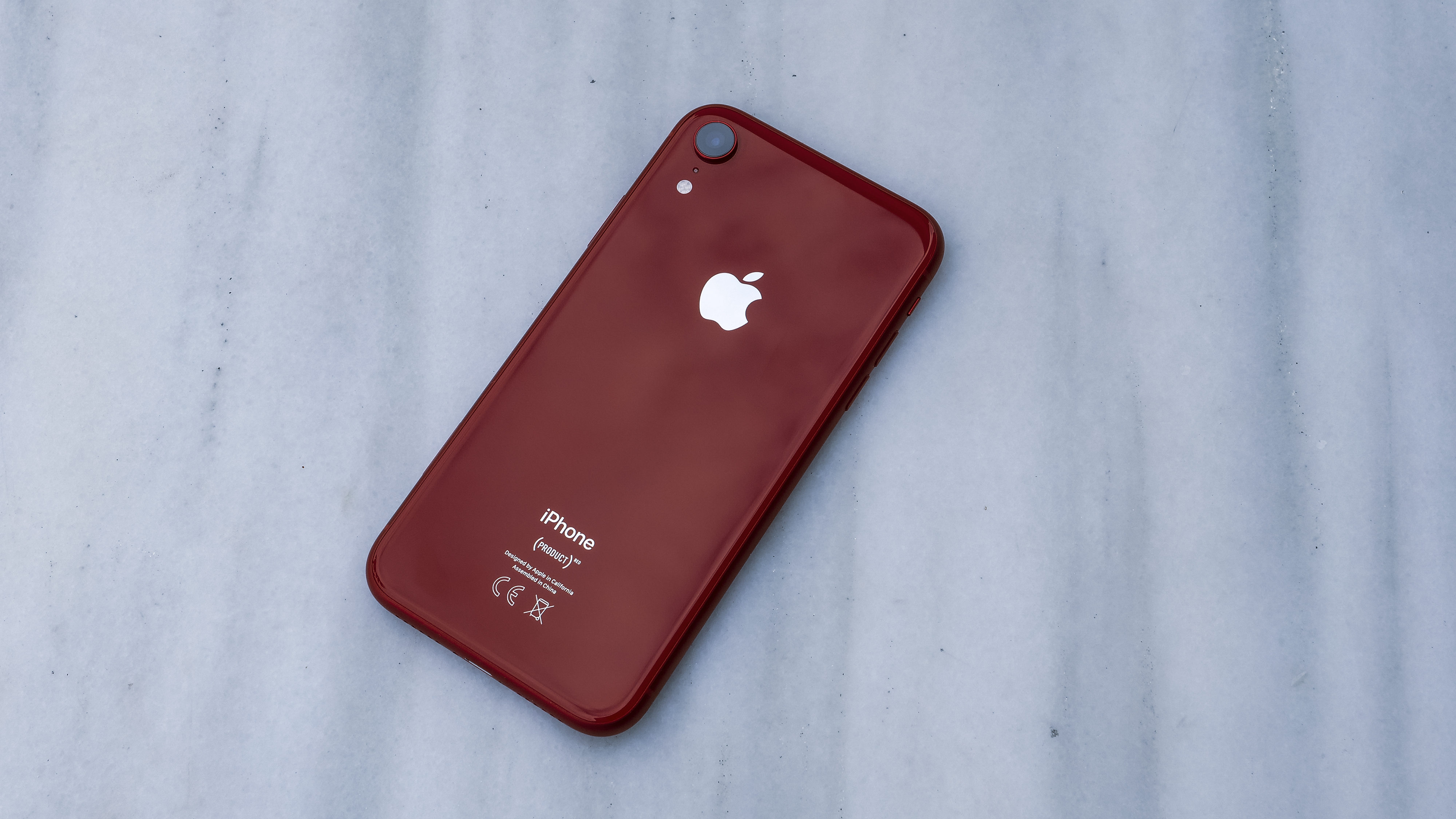
If you’re looking for confirmation that you’re not going to lose out massively by going for the cheaper iPhone, we can confirm that you’ll be fine. Yes, you won’t be able to stretch the handset to the absolute limits of iPhone performance, but for most that won’t be an issue.
If you want the very best camera though, and you really crave the 'wow' factor that comes with an awesome portrait mode snap, then this might not be enough phone for you.
Equally, if luxury, and the very best-looking iPhone, are what you need, again you should probably upgrade to the XS range.
Who's it for?
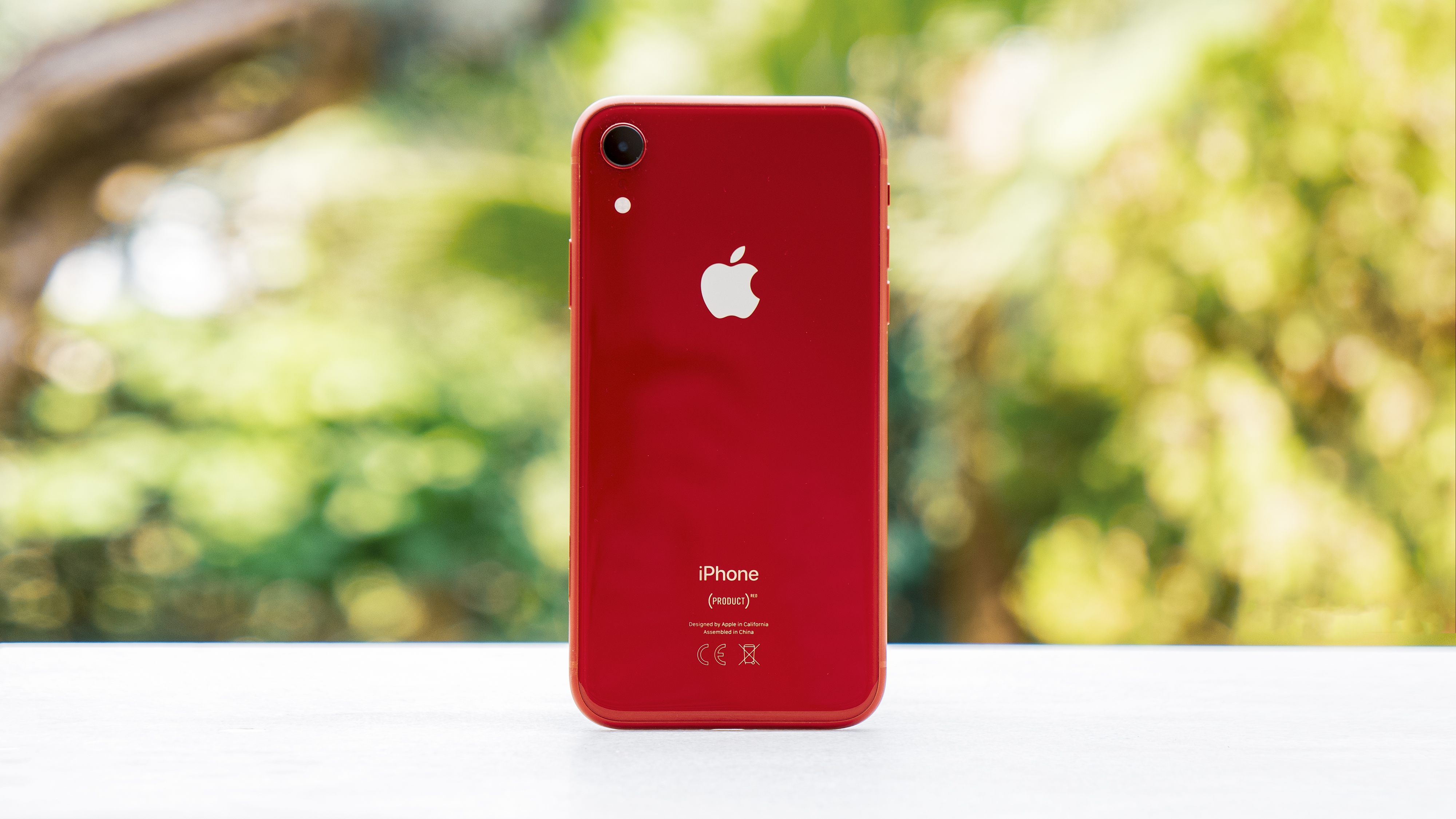
The person that will enjoy the iPhone XR is someone who's due an upgrade or is struggling along with an iPhone 6S or iPhone 7, and wants to future-proof themselves a little.
The camera will be an upgrade, the battery life a welcome salve and the overall design a step forward. We’re never sold on the claims of the glass being ever-stronger – until a truly smash-proof phone appears we’re not bothered – but it’s good to see that Apple is trying to tackle what's a real issue for many users by making the front of the phone a little hardier.
With a range of colors on offer, this is the more budget- and fashion-conscious iPhone buyer’s handset of choice; if you’re ensconced in the Apple way of things then you’ll find a lot to enjoy on the iPhone XR.
The competition
Not convinced this is the phone for you? Try one of these instead:
iPhone XS
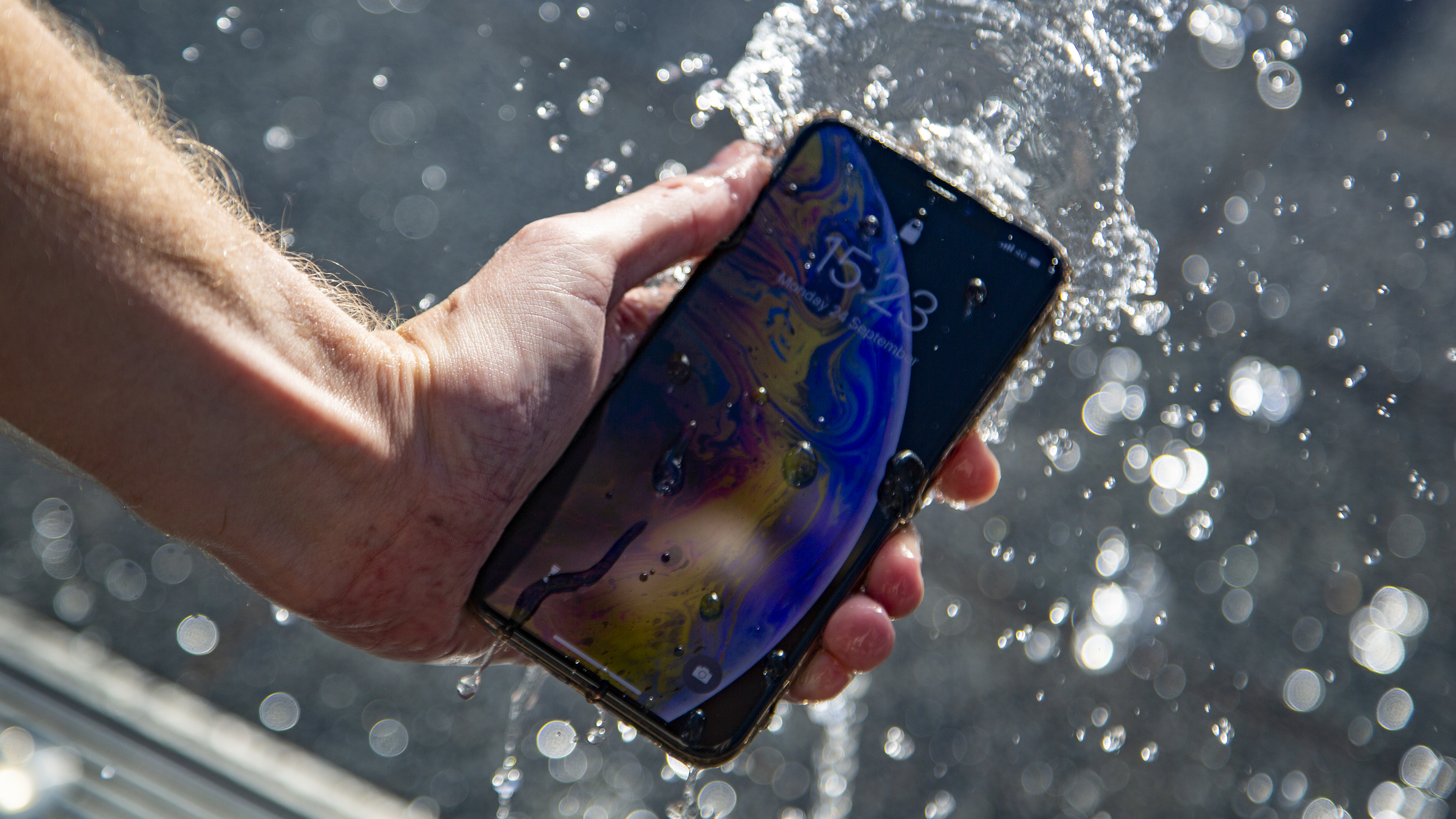
The obvious next step up from the iPhone XR is the iPhone XS – or the XS Max if you’re after a bigger screen.
The cost is higher, but it does bring a premium feel and the much-talked-about enhanced camera. It's one for iPhones fan who only wants the best, but whose budget doesn't quite stretch to the new 11 series.
- Read our iPhone XS review
iPhone SE (2020)

Then again, if you're someone who's really budget-conscious, the brand-new iPhone SE is a strong contender.
It has the same power under the hood as the iPhone 11, while the compromises are made in the camera and design departments.
You don't get Face ID unlock, nor do you get Apple's all-screen design. Instead, the SE is based off the iPhone 8, which means large bezels above and below the display, and a Touch ID fingerprint scanner located in a home button - all features that you may have thought Apple had kicked to the kerb in recent years.
- Read our iPhone SE (2020) review
iPhone 11
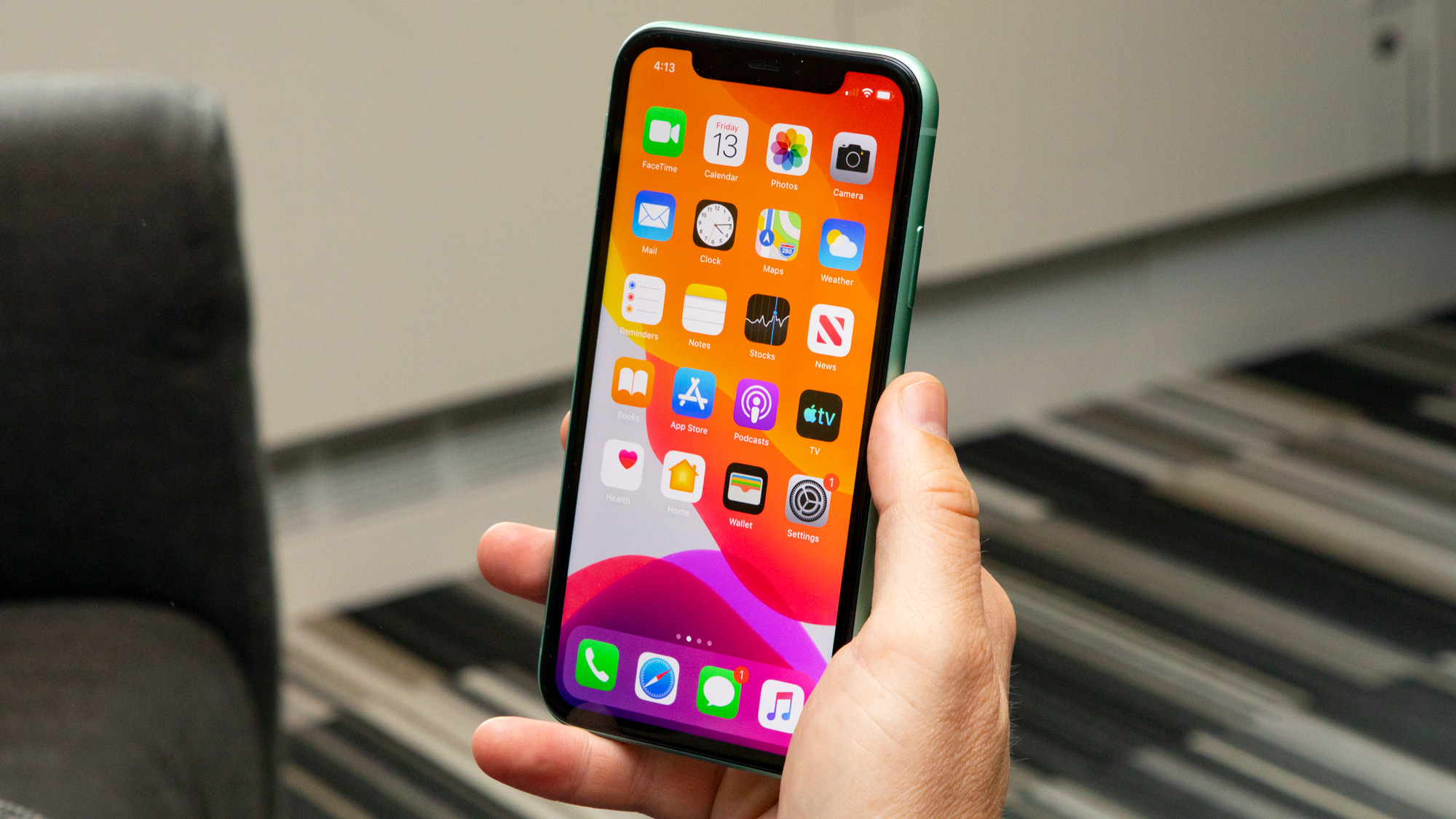
The iPhone 11 is pricier than the iPhone XR and SE, and is actually the natural successor to the XR.
Offering most of the top-end camera technology of the powerful iPhone 11 Pro, it packs good spec and manages to do so for a lower cost than many would expect - this is the one to go for if you want a good value new iPhone.
- Read our iPhone 11 review
Comments
Post a Comment